Blueberries, blackberries, plums, and black cherries are just a few of the 30 purple fruits we will cover in this in-depth guide to purple fruits.
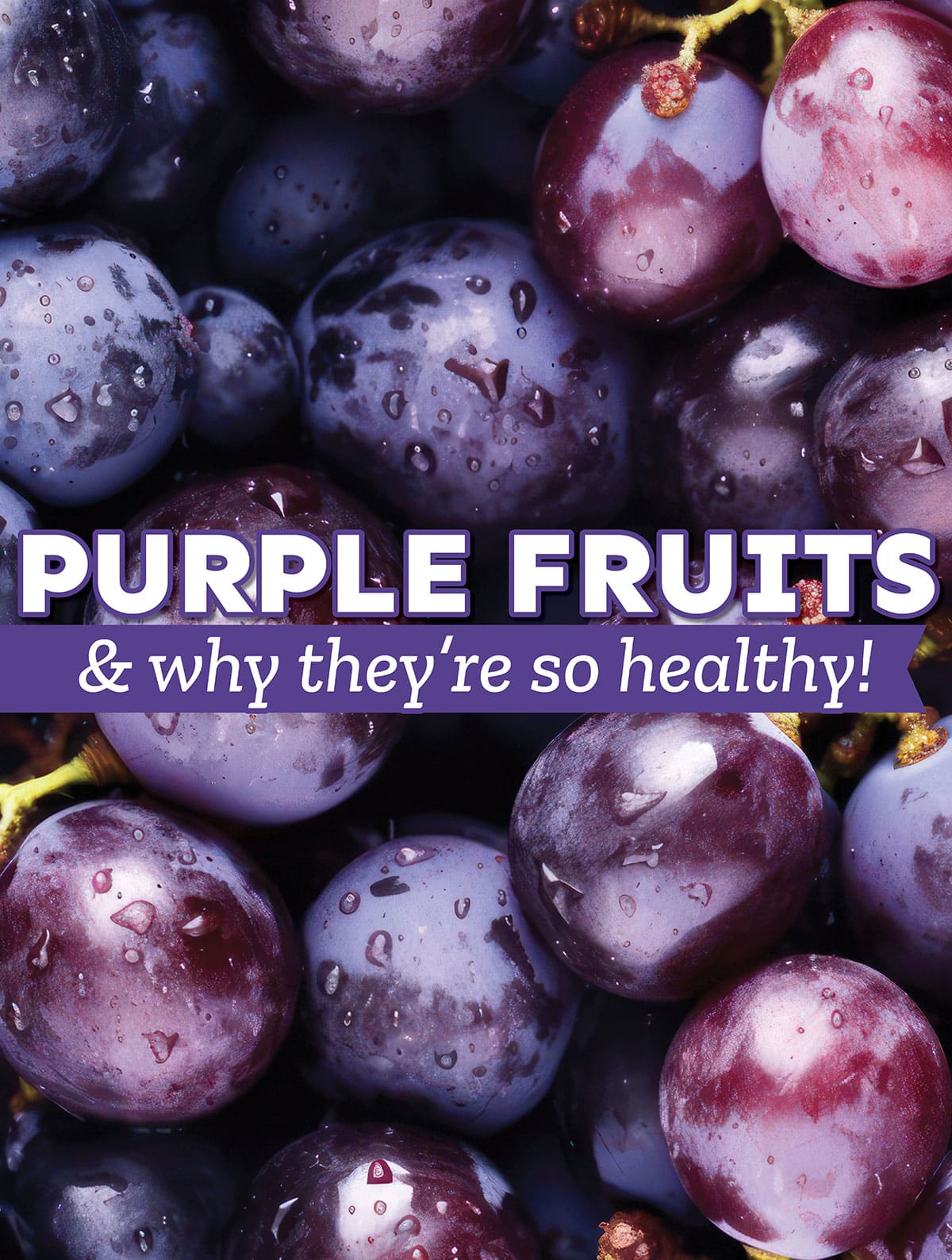
Did your parents tell you to “Eat Your Vegetables”? Mine did, and I think that for many of us growing up, that was hard enough. But, now the advice from many dietitians is “Eat the Colors of the Rainbow”. They upped the ante on us.
This, however, is sound advice because by eating a variety of colorful fruits and vegetables we are pretty much assured to cover the spectrum of vitamins and minerals. Purple fruits are an important color for eating a nutritious diet.
Why Are Purple Fruits Healthy?
Let me put my nutritionist hat on for a second to explain. Purple fruits and vegetables are loaded with the antioxidant anthocyanin. It is a compound that protects plants from sunlight damage, cold temperatures, and insects.
For us humans, it is just about as impressive. Anthocyanin is proven to reduce inflammation, which is a contributor to many diseases such as diabetes, some cancers, arthritis, and heart disease. Anthocyanin also gives the fruits their aesthetic purple color, but more importantly, provides a host of health benefits.
Many of the purple fruits in this article are also low in calories, potassium-rich, and have a solid vitamin and micronutrient content. Adopting a healthy diet focusing on a variety of colorful fruits and vegetables can clearly aid in lowering blood pressure, amping up your immune system, and assisting in weight loss.
If you are also looking for a purple vegetable, we have a guide for that too.
Trivia Time
Only one of these fruits is botanically a berry. Can you name it? (scroll to the end of this post for the answer)
a. Raspberries
b. Blueberries
c. Strawberries
d. Blackberries
Types Of Purple Fruits
Before we dive into the world of purple fruits, we need to clarify what is and isn’t a fruit. Technically peppers, tomatoes, and eggplants are all fruits, and there are purple varieties of all of these. We use them culinarily, however, as vegetables, so we didn’t include them here.
But, if there are purple vegetables you want more information or a photo of, check out our 23 Types of Purple Vegetables. We also have an article on 15 Types of Purple Peppers and Types of Eggplants!
Acai Berry
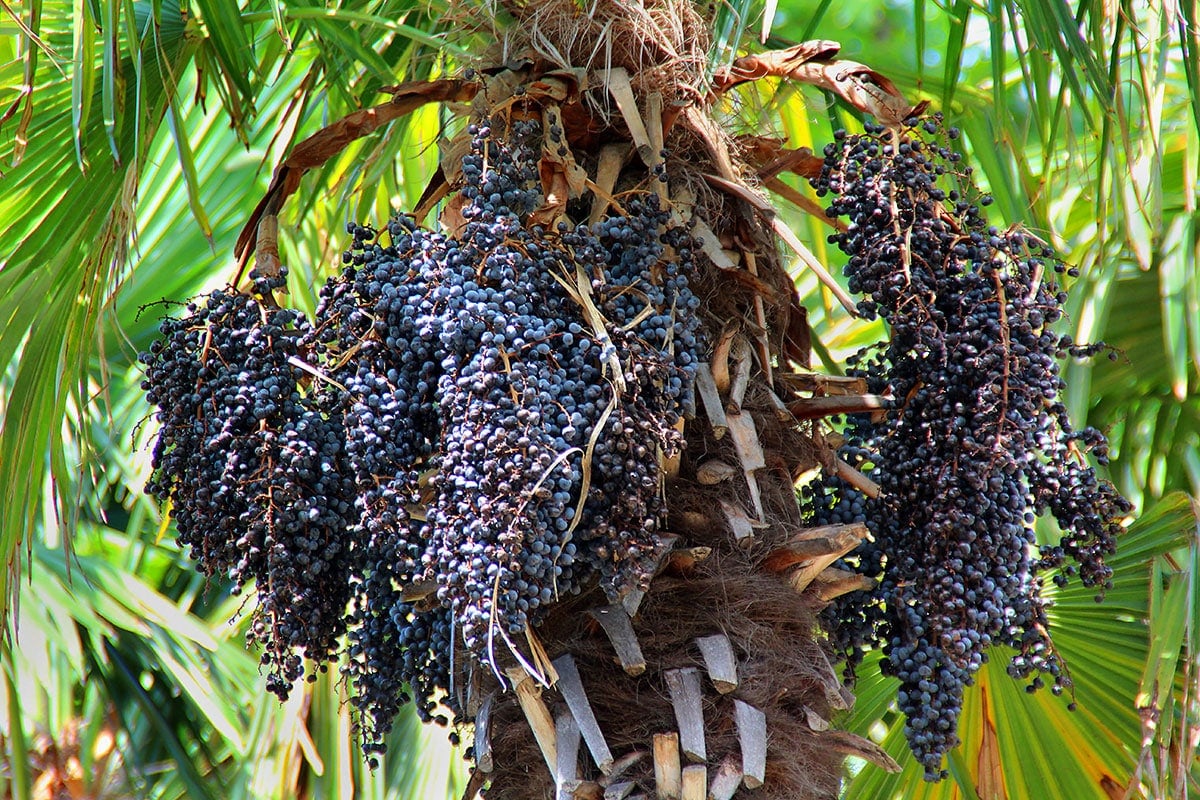
Description and Flavor of Acai Berries: These are small, round, dark purple fruits that grow on the acai palm tree. They have a unique flavor that combines notes of dark chocolate and wild berries, with a subtle hint of earthiness. The berries are about the size of a blueberry and have a deep purple skin and a large seed inside.
Origin or Acai Berries: Acai berries are native to the Amazon rainforest in South America, and have been consumed by indigenous people in the Amazon for centuries. Today, they are primarily cultivated in Brazil, where they are harvested from the rainforest and have gained popularity worldwide due to their nutritional value and potential health benefits.
Best Uses for Acai Berries: Acai are commonly used to make acai bowls, smoothies, and juices. They are also used in various desserts, such as sorbets and ice creams, as well as health supplements due to their high antioxidant content. They are also rich in healthy fats, fiber, and vitamins, making them a popular choice for those looking to boost their overall nutrition.
Blackberry
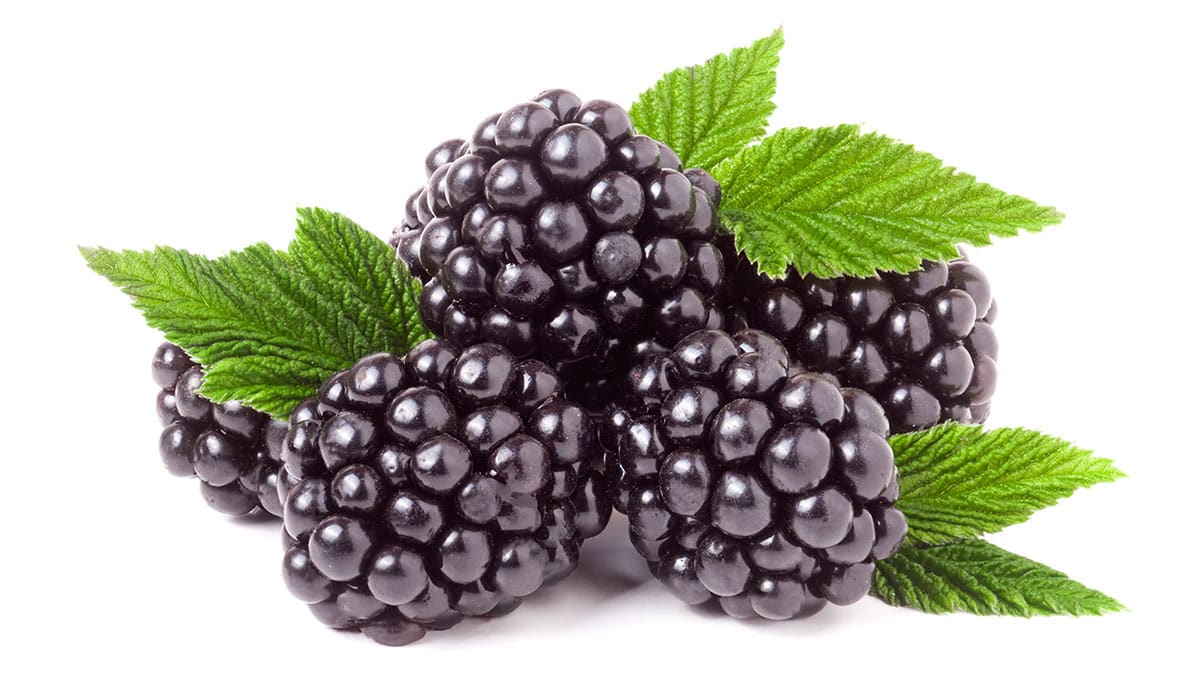
Description and Flavor of Blackberries: Blackberries are dark purple-black, aggregate fruits that belong to the Rubus genus. They are composed of many small drupelets clustered together, each containing a seed. Blackberries have a sweet-tart flavor with a nice balance of sweetness and tanginess.
Origin of Blackberries: They are native to Europe and North America, and grow in various regions across the world today. They are cultivated in countries like the United States, Mexico, and Canada, as well as in parts of Europe.
Best Uses for Blackberries: They can be eaten fresh, added to fruit salads, baked into pies, used in jams and preserves, or blended into smoothies. They are also popular in desserts, like cobblers and tarts. Blackberries are known for their high vitamin, fiber, and antioxidant content.
Black Cherry
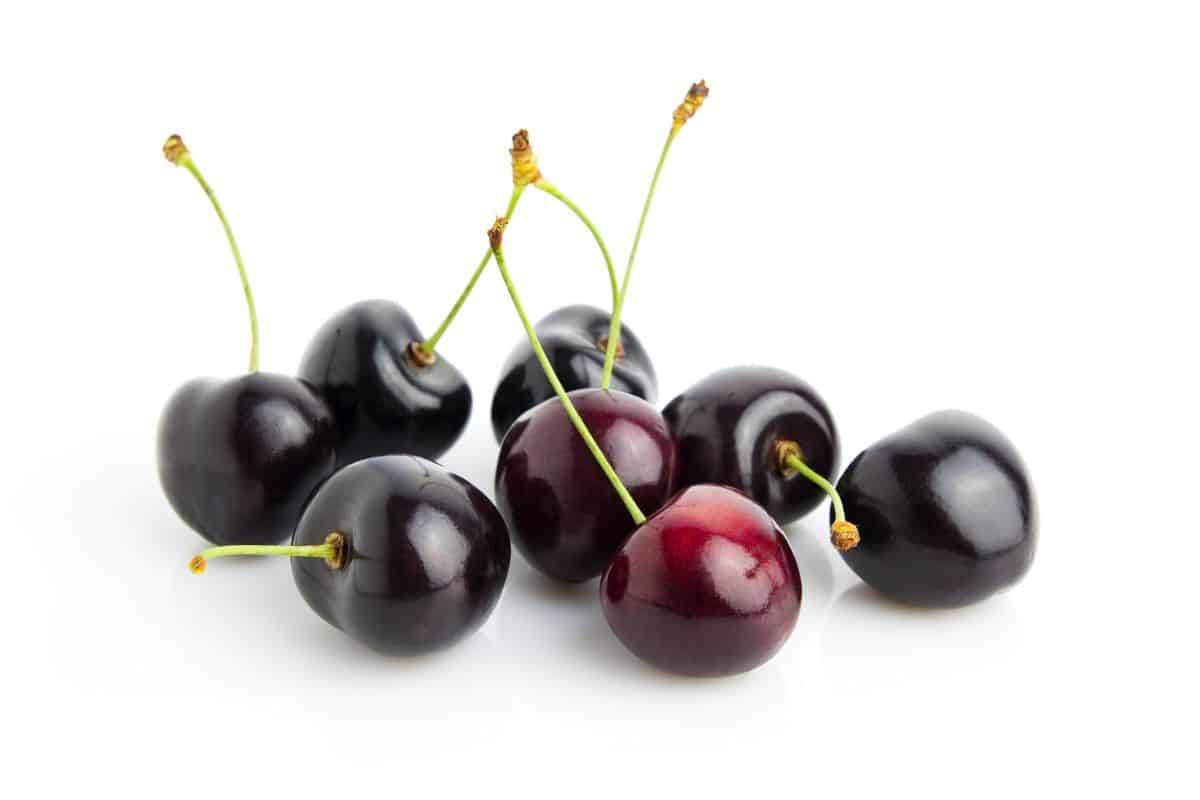
Description and Flavor of Black Cherries: When ripe, black cherries are small, round, and deep purple to almost black in color. They have a sweet and rich flavor with a subtle tartness. These cherries are typically juicier than their red sweet cherry counterparts.
Origin of Black Cherries: Black cherries, also known as wild cherries, are native to North America. They are found in various regions across the continent, but mostly in northern climates of the United States and Canada.
Best Uses for Black Cherries: They are often eaten fresh, but are also used in pies, tarts, and as a filling for desserts. Additionally, black cherry juice is used to make beverages and is sometimes incorporated into cocktails. Black cherries are not only delicious but also contain compounds like anthocyanins and melatonin, which are associated with potential health benefits. Some people consume black cherry products for their supposed anti-inflammatory and sleep-inducing properties. Regardless of your motivation to eat cherries, we guarantee you will love them in this Cherry Oat Cookies Recipe.
Black Currant
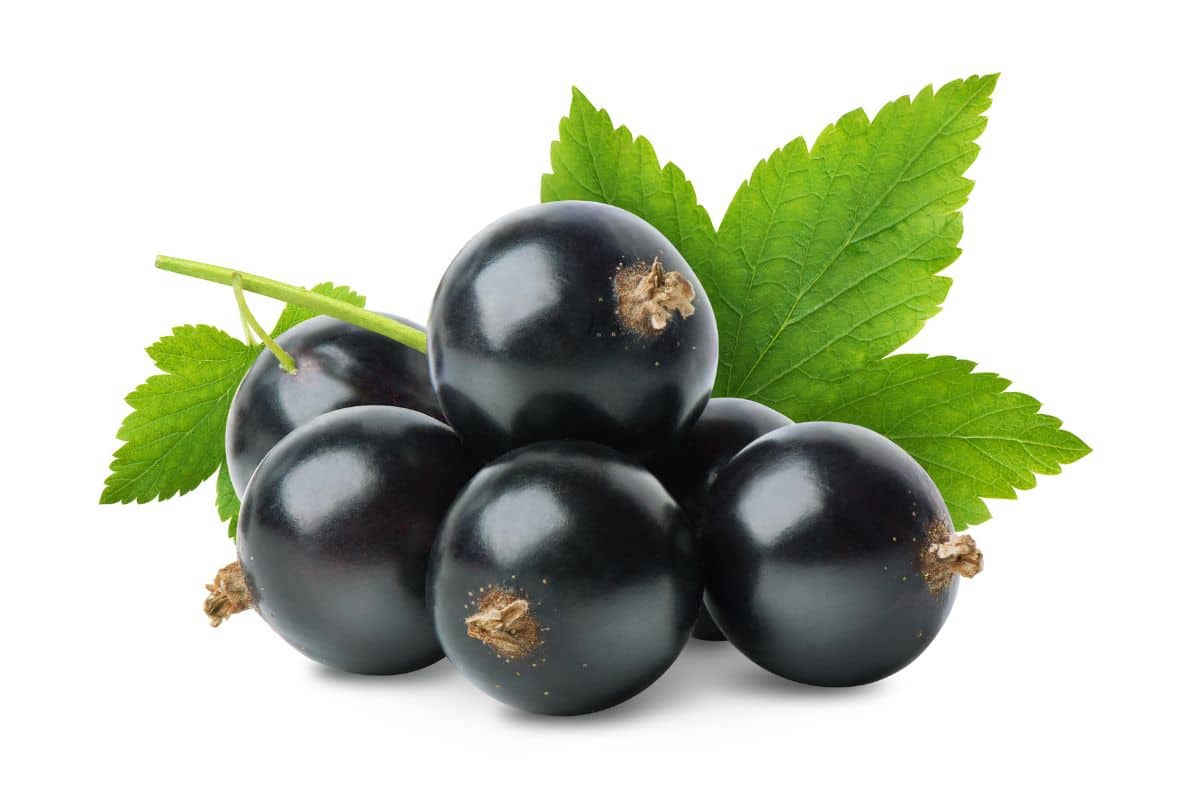
Description and Flavor of Black Currants: These are small, round dark purple fruits that are almost black when ripe. They have a tart and slightly sweet flavor, with a deep, earthy undertone. The flavor is sometimes described as intense.
Origin of Black Currants: They are native to Europe and Western Asia, and they have been cultivated for centuries. They are still grown in many European countries, including Russia, Poland, and the United Kingdom. In recent years, black currants have gained popularity in North America as well.
Best Uses for Black Currants: They are used to make jams, jellies, and syrups due to their tartness and high pectin content. They are also used in baked goods, desserts, and beverages. Black currant liqueurs and cordials are popular in some regions. Black currants are a rich source of vitamin C and antioxidants, and have been used traditionally for their potential health benefits. They were once banned in parts of the United States due to concerns about their role in spreading a disease harmful to pine trees but have since been reintroduced.
Black Mission Fig
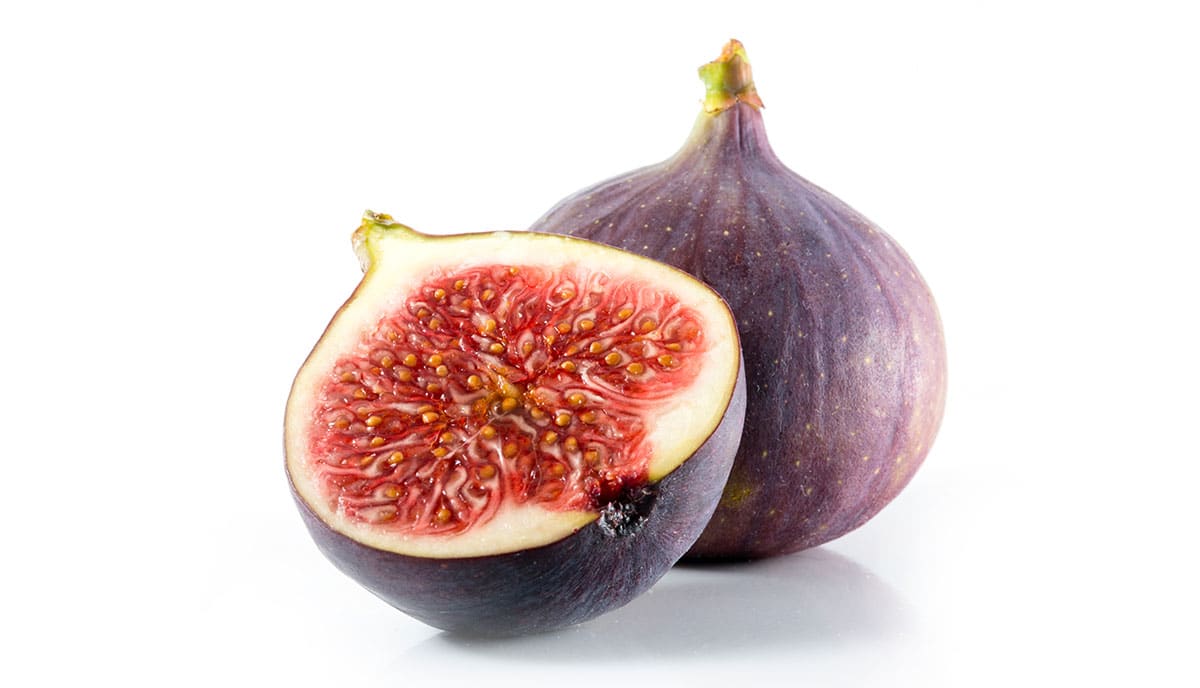
Description and Flavor of Black Mission Figs: These are a type of fig known for their dark purple-black skin and vibrant pinkish-red flesh. They have a sweet, honey-like flavor with a subtle nuttiness and a chewy texture.
Origin of Black Mission Figs: These figs originated in Spain, and were introduced to California by Spanish missionaries in the late 18th century. Today, California is a major producer of Black Mission figs, and they are still grown in Mediterranean climates. Figs are an ancient food eaten by humans for thousands of years. You can find several references to them in the Christian bible.
Best Uses for Black Mission Figs: These figs are delicious when eaten fresh, but also commonly dried to extend their shelf life. They can be added to salads, cheese platters, or used in baking, especially in fig bars, tarts, and desserts. Figs are nutritious fruits high in dietary fiber, vitamins, and minerals.
Black Raspberry
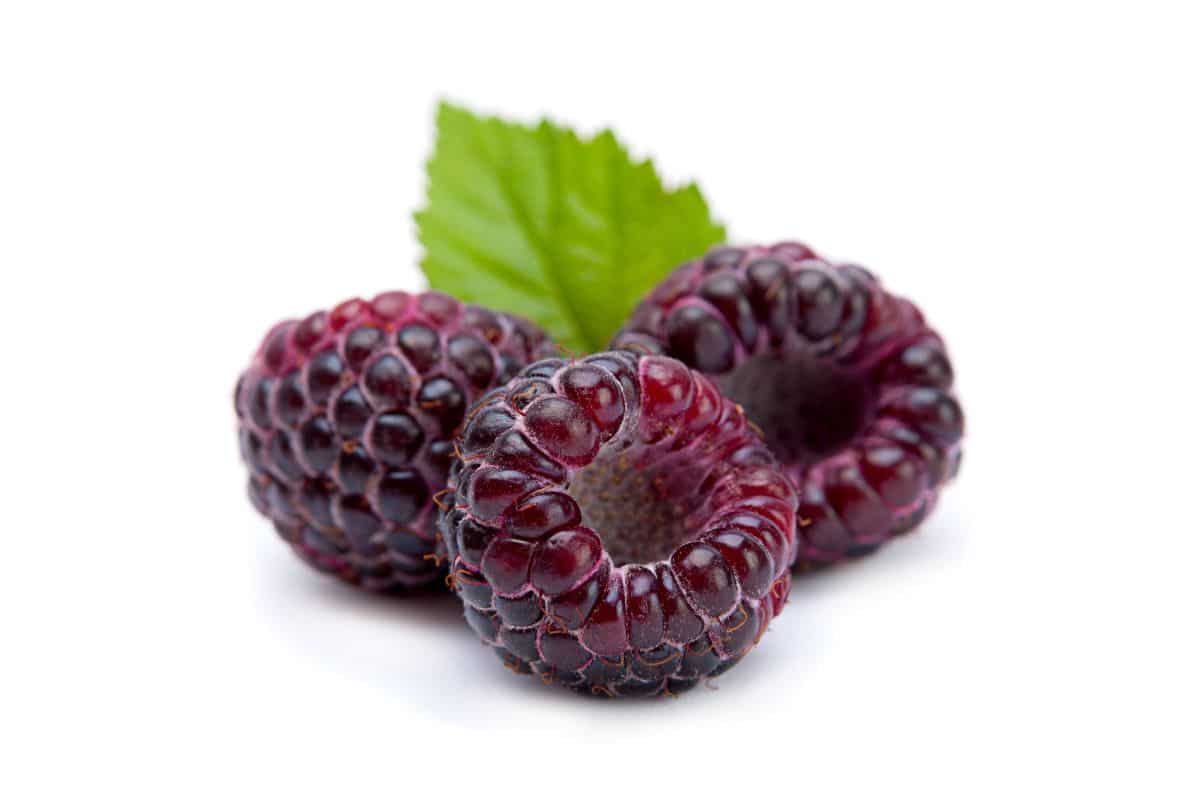
Description and Flavor of Black Raspberries: These are small, dark-purple to black-colored berries that closely resemble blackberries. They are distinguishable by their cone-shaped appearance and distinct core that remains attached to the fruit when picked. Black raspberries have a sweet-tart flavor with a hint of earthiness, making them ideal for both fresh consumption and culinary applications such as jams, pies, and desserts.
Origin of Black Raspberries: They are native to North America and were eaten by indigenous peoples for centuries before Europeans arrived. They are found predominantly in the eastern United States, particularly in states like Michigan, Oregon, and Washington. Today, they are also cultivated in parts of Europe and Asia, but their natural habitat remains in North America.
Best Uses for Black Berries: These berries can be consumed fresh, but also make excellent jams, jellies, and pie fillings due to their sweet-tart flavor. Black raspberry ice cream, sorbets, and smoothies are also popular treats. Additionally, they can be incorporated into salads or used to garnish desserts for a burst of color and flavor. Try them in this decadent banana-based ice cream replacement. They are packed with antioxidants, vitamins, and fiber, making them a healthy addition to your diet.
Black Sapote
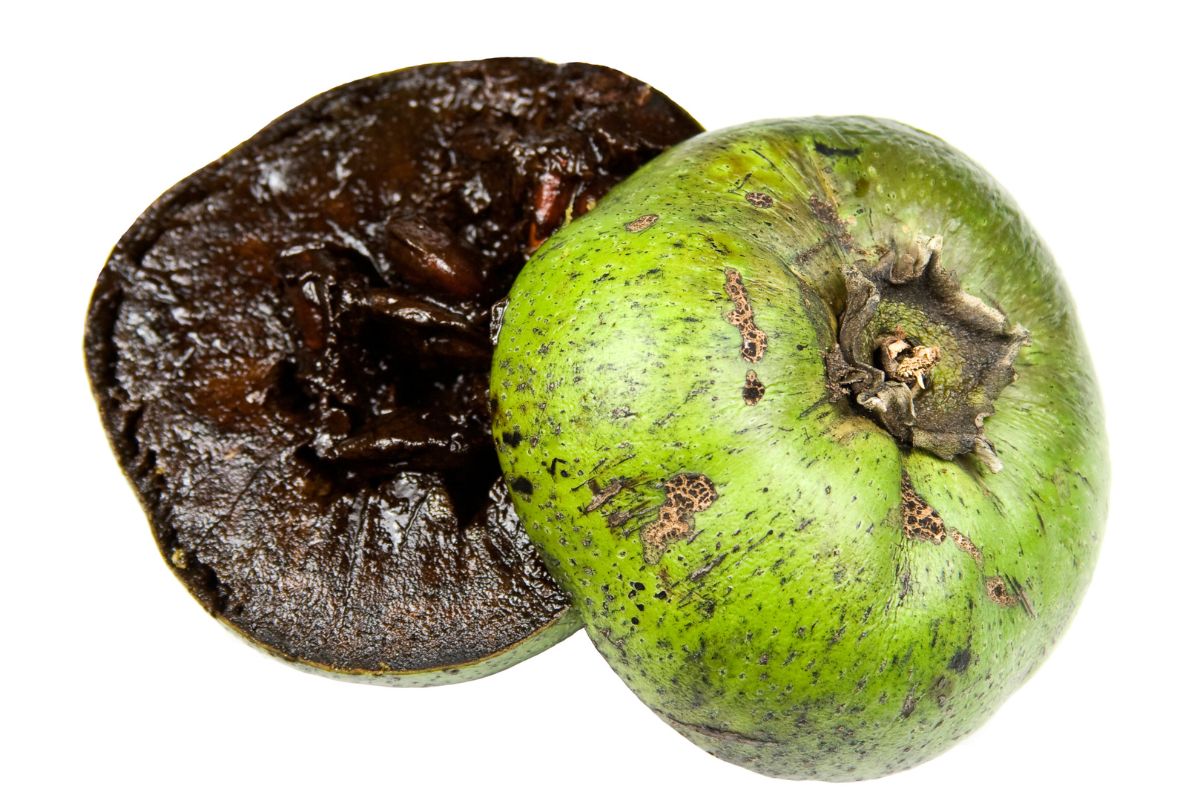
Description and Flavor of Black Sapote: The black sapote is a unique tropical fruit native to Mexico and Central America. Often referred to as the “chocolate pudding fruit,” it gets its name from its dark flesh, which has a texture similar to custard or pudding. While its appearance may suggest a chocolatey flavor, black sapote has a mild, sweet taste with hints of vanilla and pear. It’s often enjoyed fresh or used in desserts like smoothies, puddings, or ice creams. They had me at “chocolate pudding fruit.”
Origin of Black Sapote: It is native to the rainforests of Central America. It is cultivated today in various tropical regions around the world, including Central and South America, the Caribbean, and parts of Southeast Asia. In the United States, it is grown in southern Florida and southern Texas.
Best Uses for Black Sapote: The most popular way to enjoy black sapote is by scooping out its creamy flesh and eating it fresh, sometimes with a sprinkle of sugar or a drizzle of lime juice. It is also used to make a delicious chocolate-flavored smoothie by blending it with milk or yogurt. Additionally, black sapote can be incorporated into desserts like pies, mousses, and ice creams to create a unique and natural chocolate flavor. Despite its sweet flavor, black sapote is a healthy fruit. It is rich in vitamins A and C, as well as dietary fiber.
Blueberry
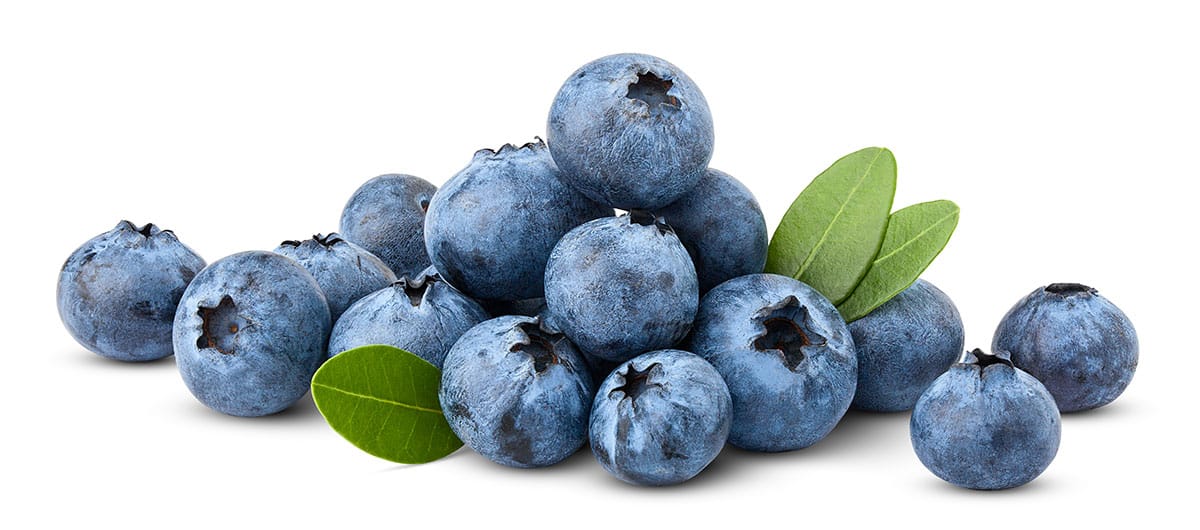
Description and Flavor of Blueberries: It seems unnecessary to describe blueberries, but they are small, round, and typically blue-black with flashes of purple. They are known for their sweet and slightly tangy flavor, making them a popular fruit for snacking, baking, and cooking. Blueberries have a thin skin and a juicy, soft interior that bursts with flavor when bitten into.
Origin for Blueberries: Blueberries are native to North America and were eaten by native people thousands of years ago. Today, they are widely grown in the United States, particularly in northern states like Maine, Michigan, and New Jersey. They are also cultivated in Canada, Chile, and various European countries, allowing for year-round availability.
Best Uses for Blueberries: These are some versatile berries! They are perfect for snacking, adding to cereals, smoothies, or yogurt, and incorporating into baked goods like muffins, pancakes, and pies. Blueberry jams and preserves are also popular but don’t limit blueberries to sweets. They are great in savory dishes as well like blueberry stuffed chicken. These berries are rich in antioxidants and are considered a superfood, making them a healthy addition to smoothies and salads. They are a good source of vitamins C and K, as well as dietary fiber. Blueberries are also one of the richest sources of antioxidants among all fruits, which may help protect against oxidative stress and promote overall well-being.
Boysenberry
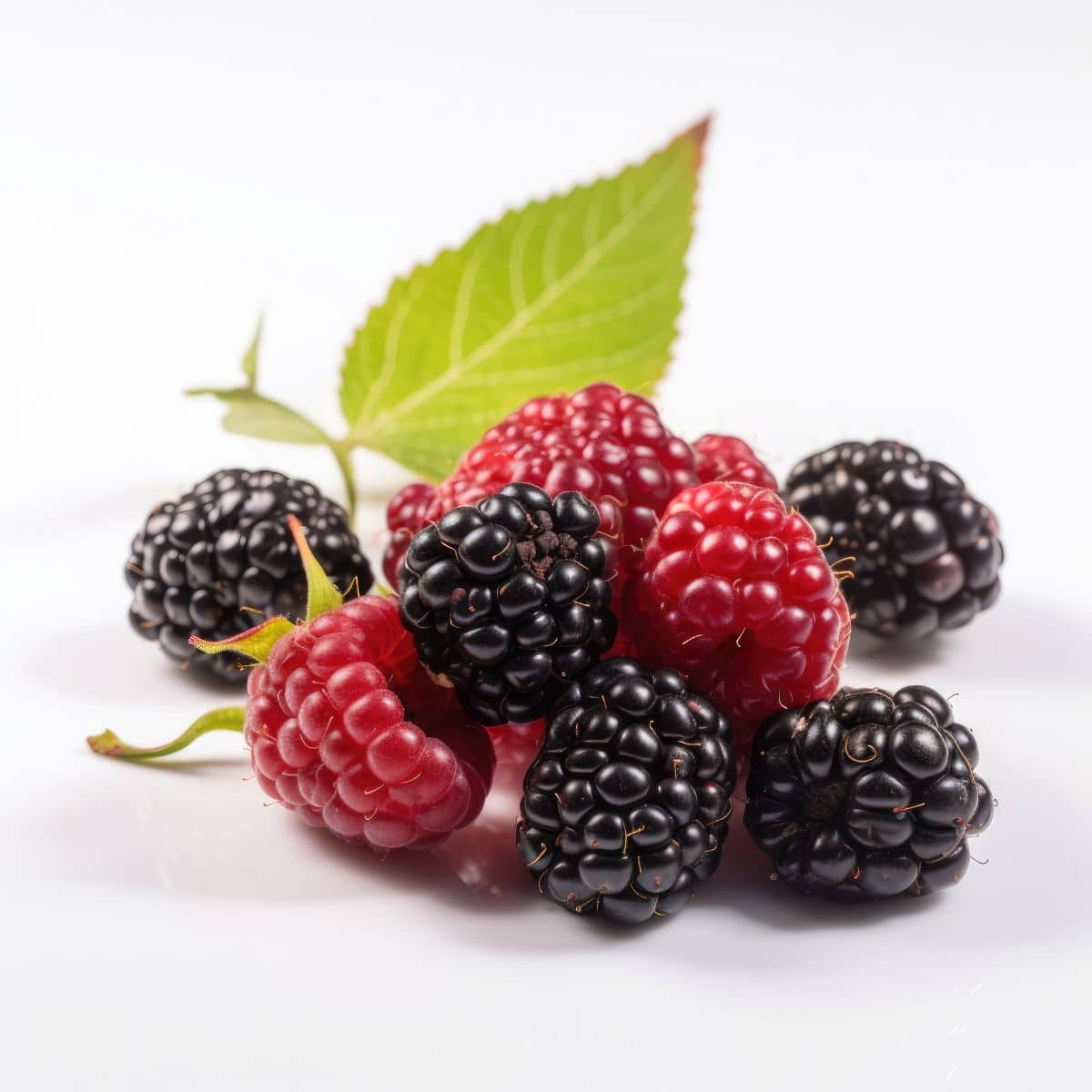
Description and Flavor of Boysenberries: Boysenberries are a hybrid between blackberries, raspberries, and loganberries. When ripe they are large, dark purple to black berries with a sweet and slightly tangy flavor. Boysenberries are known for their juiciness and aromatic qualities, making them a favorite for jams, pies, and other desserts.
Origin of Boysenberries: The boysenberry was developed in the early 20th century by horticulturist Rudolph Boysen. It originated in California, and was further cultivated by Walter Knott. Today, boysenberries are primarily grown in California, Oregon, and Washington, although they can also be found in other parts of the world, including New Zealand and Australia.
Best Uses for Boysenberries: They are often used in cooking and baking due to their unique flavor. Boysenberries make excellent jams, jellies, and preserves, and are a popular choice for pies and cobblers. They can also be used in smoothies, syrups, and salad dressings to add a burst of berry flavor. They are known as a good source of vitamins C and K, as well as dietary fiber.
Chokeberry
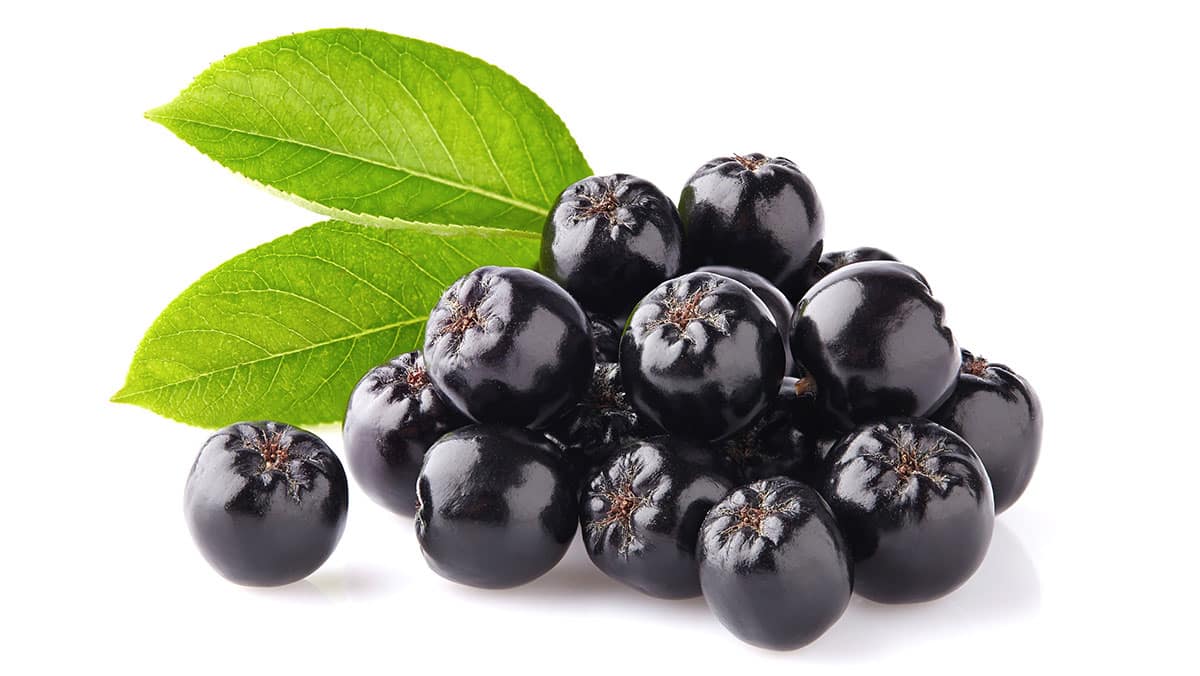
Description and Flavor of Chokeberries: Also known as aronia berries, these are small, round fruits that come in red, black, or purple varieties. They have a tart and astringent flavor, which can be quite intense, hence the name “chokeberry.” The flavor is somewhat similar to cranberries but with a deeper, earthier note.
Origin of Chokeberries: They are native to North America and were traditionally used by Native American tribes for their culinary and medicinal properties. Today, they are grown primarily in the United States, particularly in states like Wisconsin, Iowa, and Michigan. Chokeberries have gained popularity as a superfood due to their high antioxidant content.
Best Uses for Chokeberries: They are often used in making jams, jellies, and juices, as their tartness can be balanced with sweeteners. They can also be used in baked goods like muffins and pies to provide a unique flavor profile. Chokeberry juice and extracts are used in the production of various health supplements due to their potential health benefits. Chokeberries are known for their high levels of antioxidants, which are believed to offer various health benefits, including potential anti-inflammatory and immune-boosting properties.
Concord Grapes
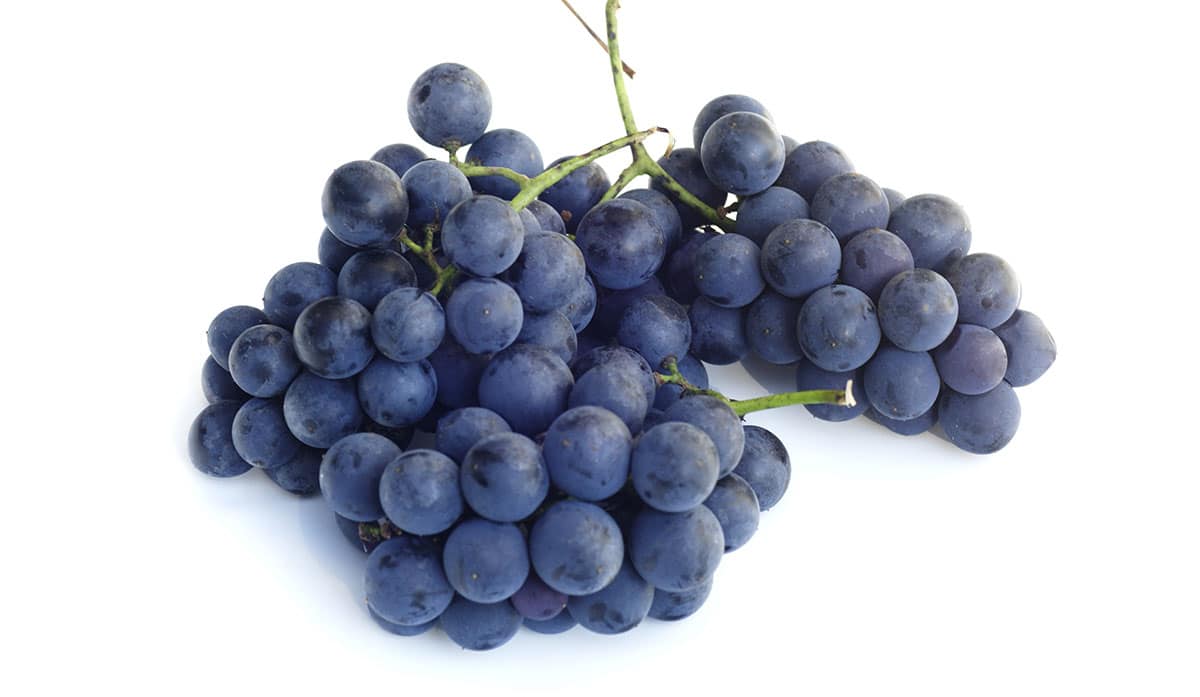
Description and Flavor of Concord Grapes: These are a dark purple-black grape variety known for their rich, sweet, and intensely grapey flavor. They are medium-sized, round, and have thick skins that make them popular for making grape juice, jams, and jellies.
Origin of Concord Grapes: Concord grapes were developed by Ephraim Bull of Concord Massachusetts in 1849. Today they are grown primarily in New York, Michigan, and Washington State. The United States produces over 400,000 tons of these grapes every year.
Best Uses for Concord Grapes: Concord grapes are best known for making grape juice and grape jelly. They are also used in baking, winemaking, and as table grapes. Their sweet and tart flavor made them famous for their role in making “Concord grape juice,” a popular beverage among children and adults alike. These grapes are rich in antioxidants.
Damson Plum
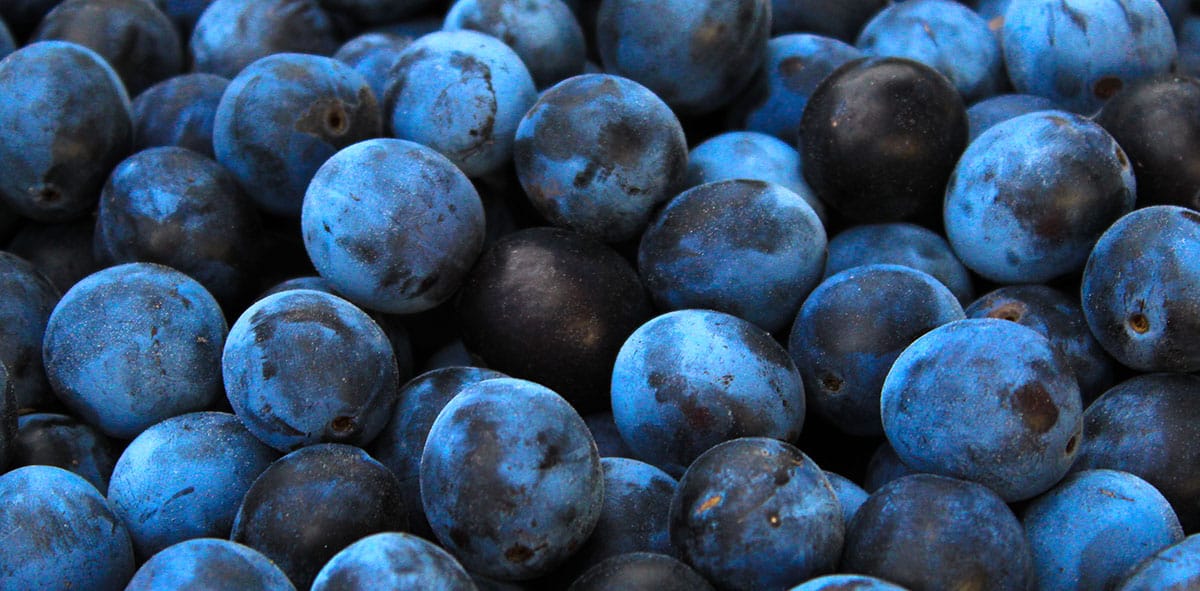
Description and Flavor of Damson Plums: These are small, oval-shaped fruits with a distinctive dark purple or blue-black skin and tart flesh. They are known for their astringent, slightly sour flavor, which becomes sweeter as they ripen.
Origin of Damson Plums: Damson are believed to have originated in the Middle East or Western Asia and were introduced to Europe during ancient times. Today, they are grown in various regions around the world, including Europe, North America, and New Zealand, but are most commonly found in small European orchards and home gardens.
Best Uses for Damson Plums: These plums are known for their high pectin content making them ideal for use in jams, jellies, and preserves. They can also be used in baking, particularly for pies and tarts, as well as in savory dishes like chutneys and sauces. In some regions, damson plums are used to make traditional alcoholic beverages like damson gin and fruit liqueurs. We like any plum in a berry plum smoothie.
Elderberry
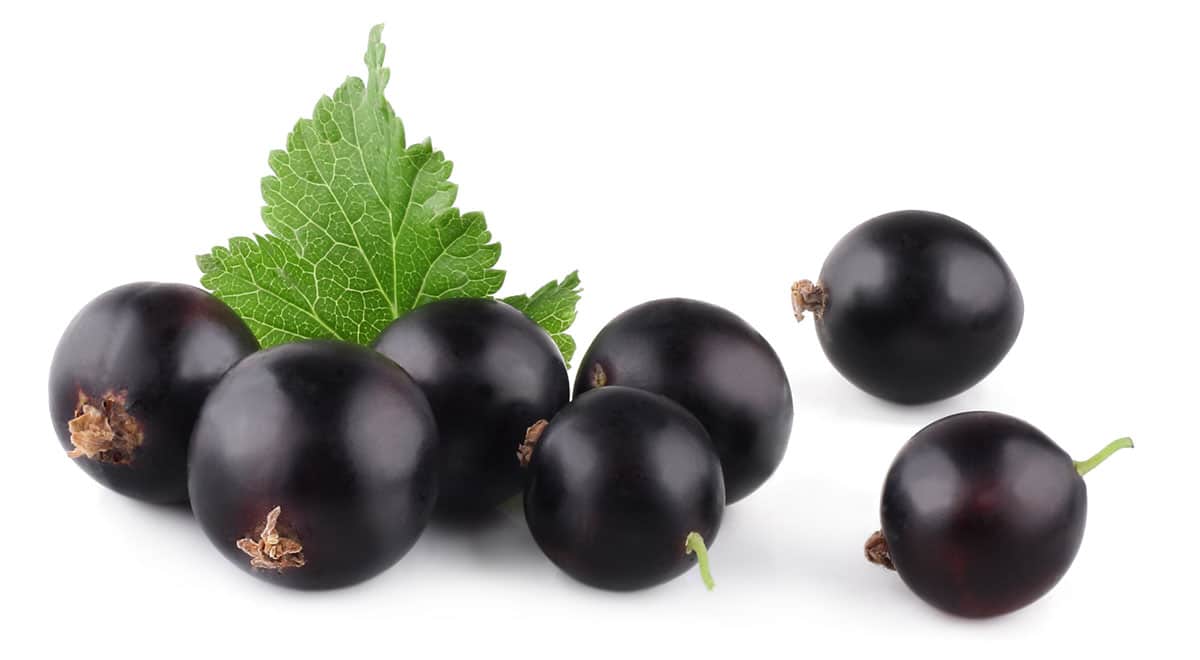
Description and Flavor of Elderberries: These are small, dark purple-black berries that grow in clusters on the elder tree. They have a sweet-tart flavor and are often described as having a slightly floral and musky undertone.
Origin of Elderberries: Elderberries are native to Europe and North America but can be found in many parts of the world today. They were made famous, at least among movie buffs, after the Monty Python quote “Your mother was a hamster and your father smelt of elderberries”.
Best Uses for Elderberries: They are used to make a variety of culinary products, including elderberry syrup, jams, jellies, and wines. They are also used in traditional folk remedies and herbal medicine for their potential immune-boosting properties. They are often grown in home gardens and are also cultivated commercially for their culinary and medicinal uses. If we had a “worst uses” section it would include the important note that consuming raw elderberries can be toxic, so they are typically cooked or processed before consumption.
Huckleberry
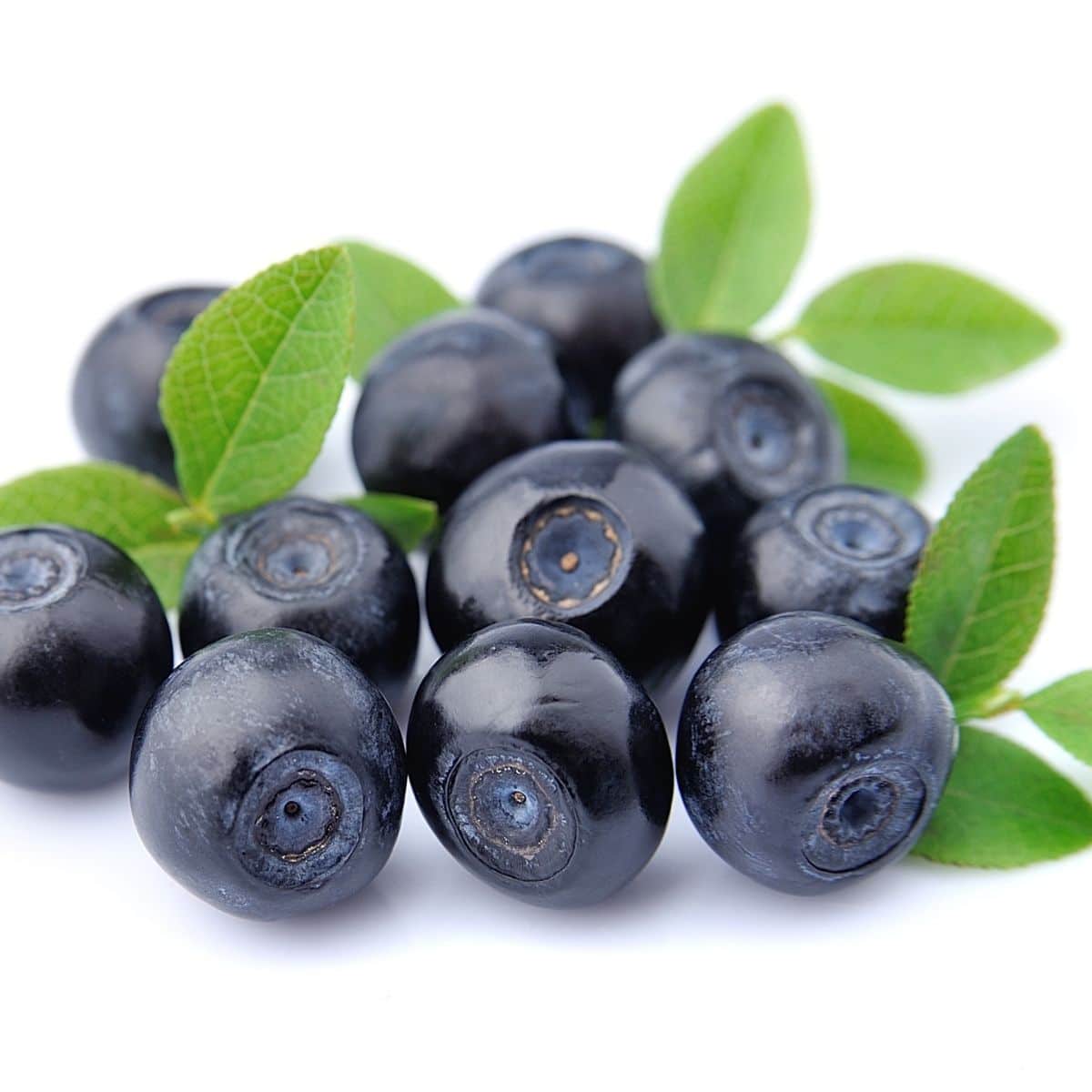
Description and Flavor of Huckleberries: These are small, round berries that range in color from deep purple to red and have a sweet-tart flavor reminiscent of blueberries but with a more intense, wild berry taste.
Origin or Huckleberries: Huckleberries are native to North America and can be found in various regions, including the Pacific Northwest, parts of the Rocky Mountains, and Canada. Huckleberries are primarily picked wild as they can be challenging to cultivate commercially. Most of us wouldn’t even know they existed but for Mark Twain’s fictional character Huckleberry Finn.
Best Uses for Huckleberries: Huckleberries are used in a variety of culinary applications, including pies, jams, syrups, and sauces. They are often enjoyed fresh, and their distinct flavor makes them a popular ingredient in desserts and preserves.
Jaboticaba
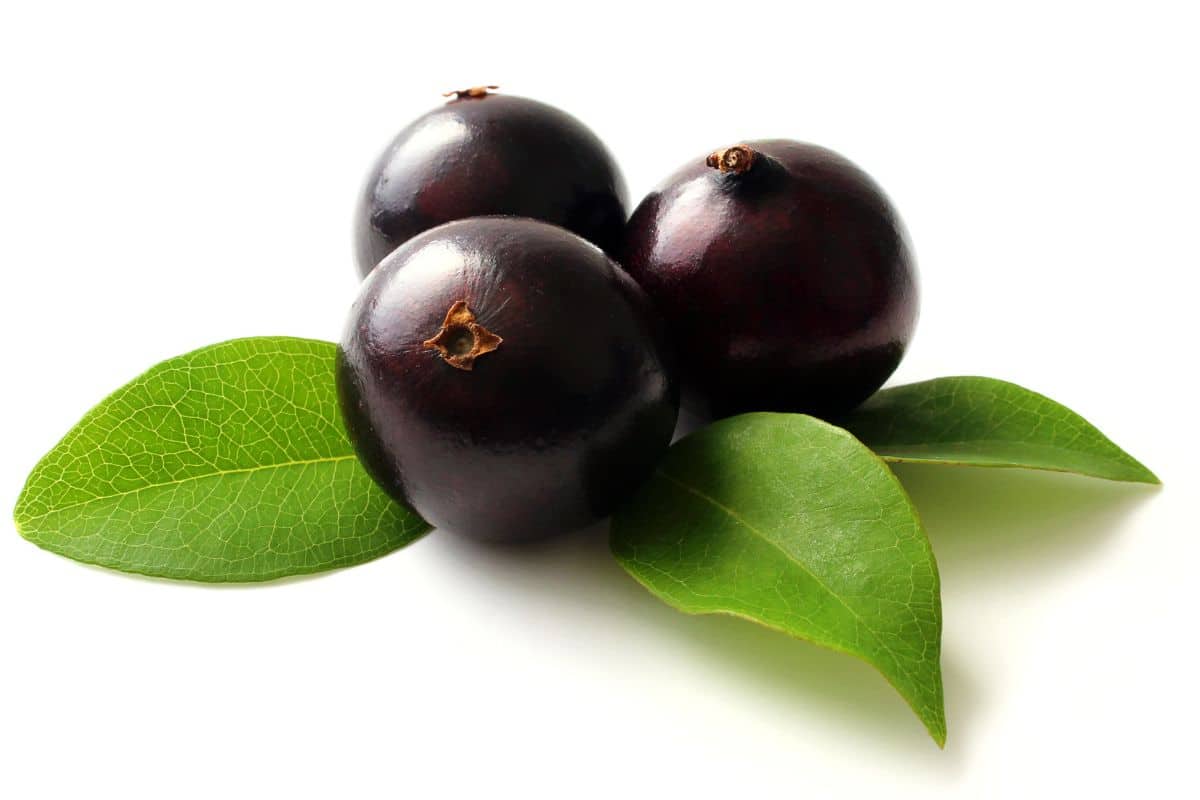
Description and Flavor of Jaboticaba: The jaboticaba is a unique fruit native to Brazil. It grows directly on the trunk of the tree, giving it an unusual appearance. The fruit is small, round, and dark purple to black when ripe. Jaboticaba has a sweet and tart flavor with a hint of muskiness.
Origin of Jaboticaba: We already mentioned that it is native to Brazil, but would add that today it is still mainly grown in South America, particularly in Brazil and parts of Argentina. It is also grown in some tropical and subtropical regions worldwide, including the United States.
Best Uses for Jaboticaba: jaboticaba is often eaten fresh, but it is also used to make jellies, wines, liqueurs, and desserts. The fruit is also grown for its potential health benefits, as it is rich in antioxidants and vitamins.
Loganberry
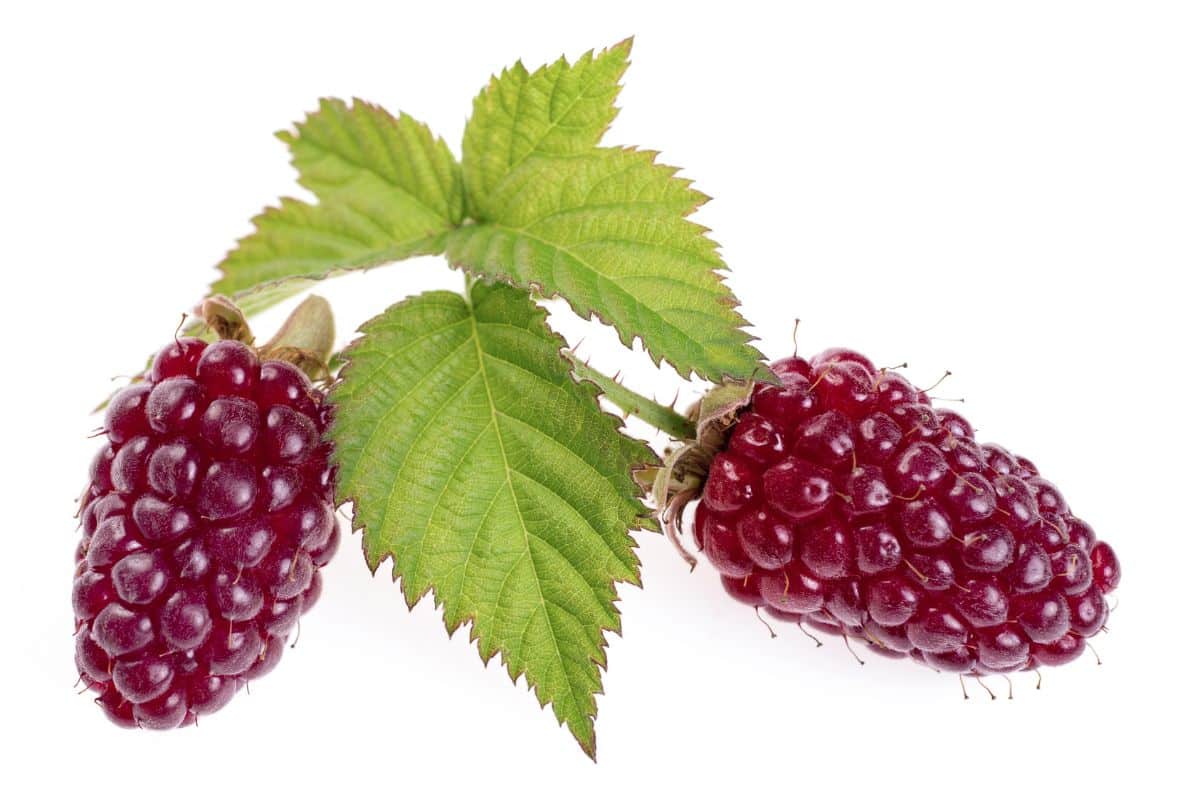
Description and Flavor of Loganberries: These are a hybrid berry that originated from a cross between blackberries and red raspberries. They are typically dark red to purplish-black in color and have a somewhat elongated shape. Loganberries are known for their sweet-tart flavor, combining the juiciness of raspberries with the rich, earthy undertones of blackberries.
Origin of Loganberries: Loganberries were first developed in the late 19th century by Judge James H. Logan in California. Today, they are grown primarily in the United States and the United Kingdom, with regions in Oregon and California being well-known for their loganberry production.
Best Uses for Loganberries: They are excellent for making jams, jellies, pies, and desserts. They can also be used in smoothies, syrups, and as a topping for yogurt or ice cream. Loganberries are a lesser-known berry but have a dedicated following among berry enthusiasts. They are known for their distinctive flavor and are often used to add a unique twist to traditional berry recipes.
Maqui Berry
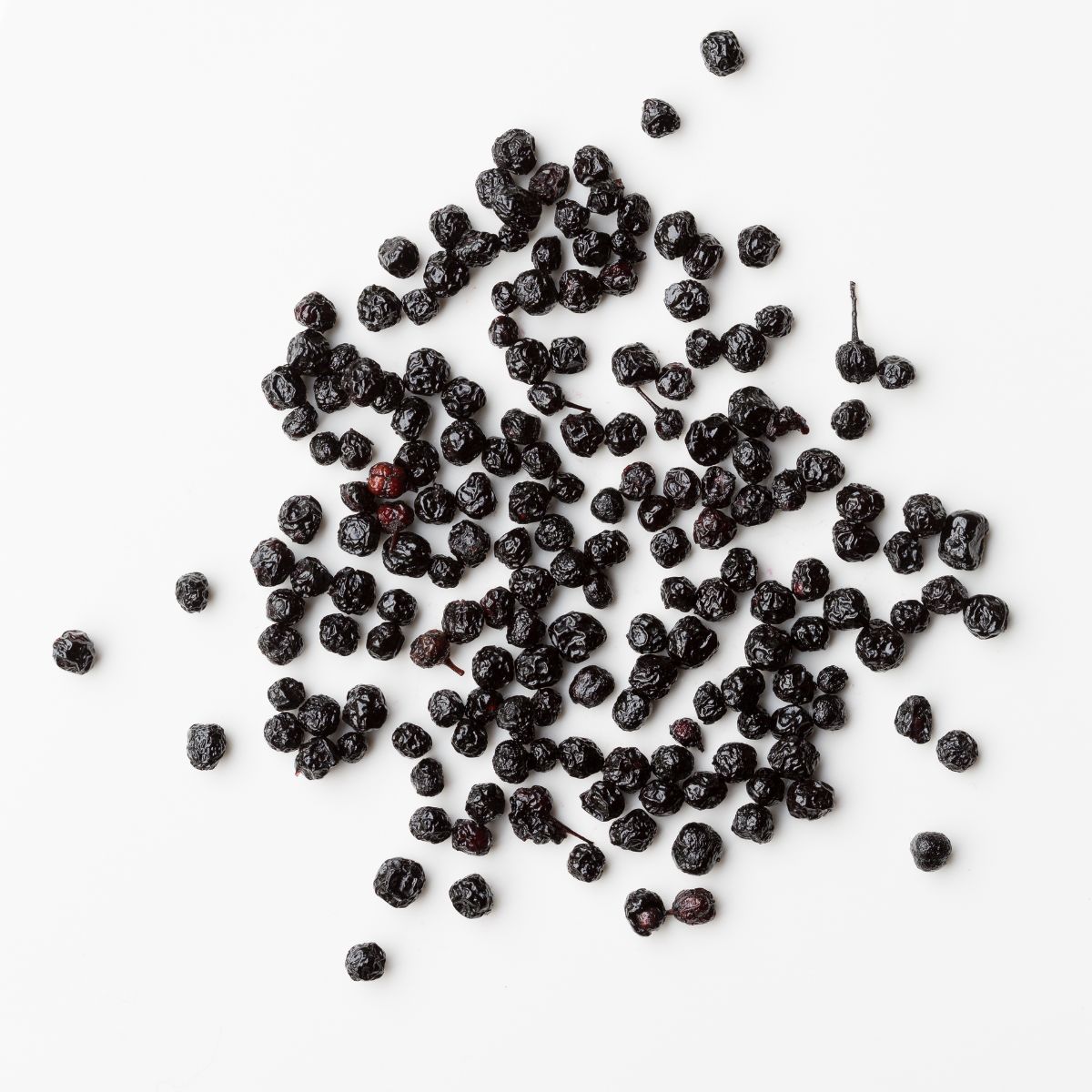
Description and Flavor of Maqui Berries: Maqui are small, dark purple-black berries native to South America, particularly Chile and Argentina. They are renowned for their intense, sweet-tart flavor, which is often described as a combination of blackberries and red wine, with a hint of earthiness. This is just one of the purple exotic fruits listed here, but if you are looking for other exotic fruits, we have you covered.
Origin of Maqui Berries: These berries were once used medicinally by indigenous Mapuche people in South America. Today, they are primarily grown in Chile and parts of Argentina. These berries have gained popularity in recent years for their potential health benefits due to their high levels of antioxidants. Perhaps the Mapuche people were on to something.
Best Uses for Maqui Berries: Maqui berries are commonly used to make juices, smoothies, and jams. They can also be found in dietary supplements and health products due to their antioxidant content. In culinary applications, maqui berries can be used to add a unique flavor to desserts, sauces, and even cocktails.
Marionberry
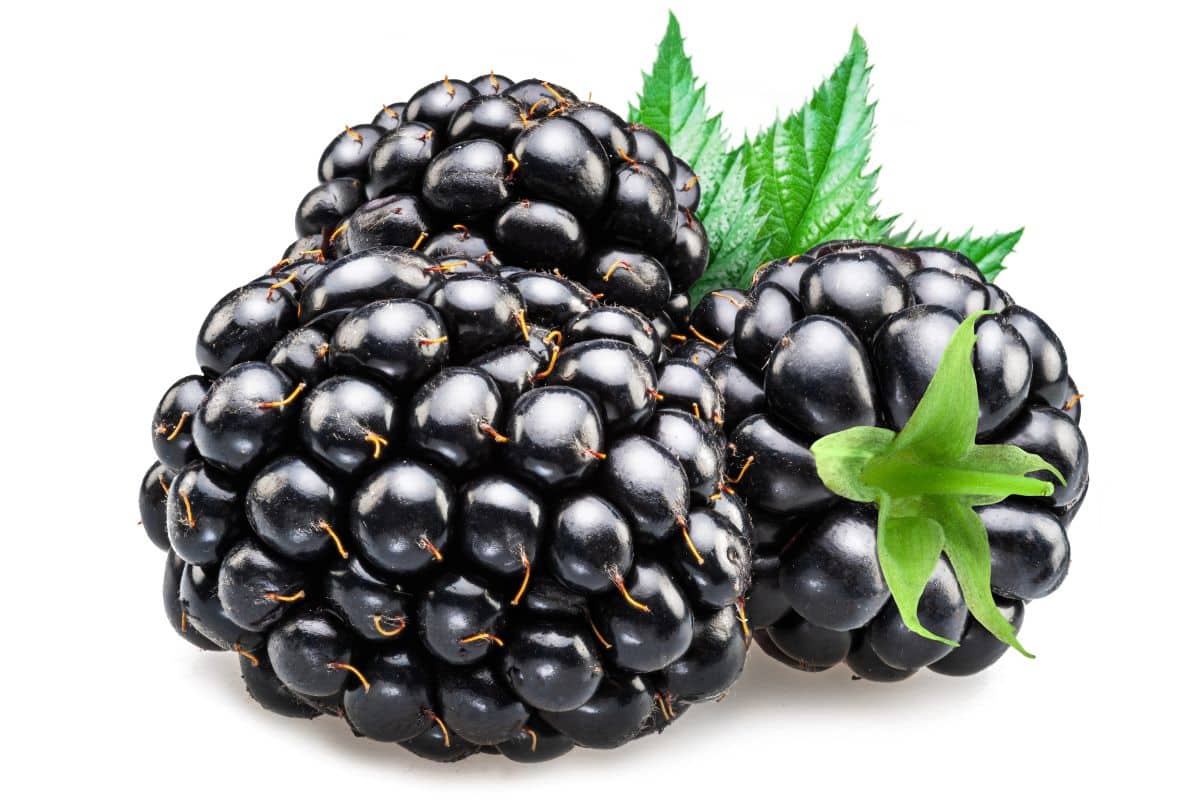
Description and Flavor of Marionberries: These are a type of blackberry with a deep, dark purple-black color and a sweet-tart flavor. They are known for their exceptional juiciness and plump, elongated shape. Marionberries are often compared to other blackberries but have a unique flavor not easily described.
Origin of Marionberries: This berry was developed by the United States Department of Agriculture (USDA) in Oregon in the 1950s. They are primarily grown in the Pacific Northwest, especially in Oregon which is the leader in marionberry production. Marionberries are a point of pride for some Oregonians, and they have an annual Marionberry Festival celebrating this unique berry.
Best Uses for Marionberries: They are excellent for making pies, jams, and preserves. They can also be used in desserts, cobblers, and as a topping for pancakes or ice cream.
Mulberries
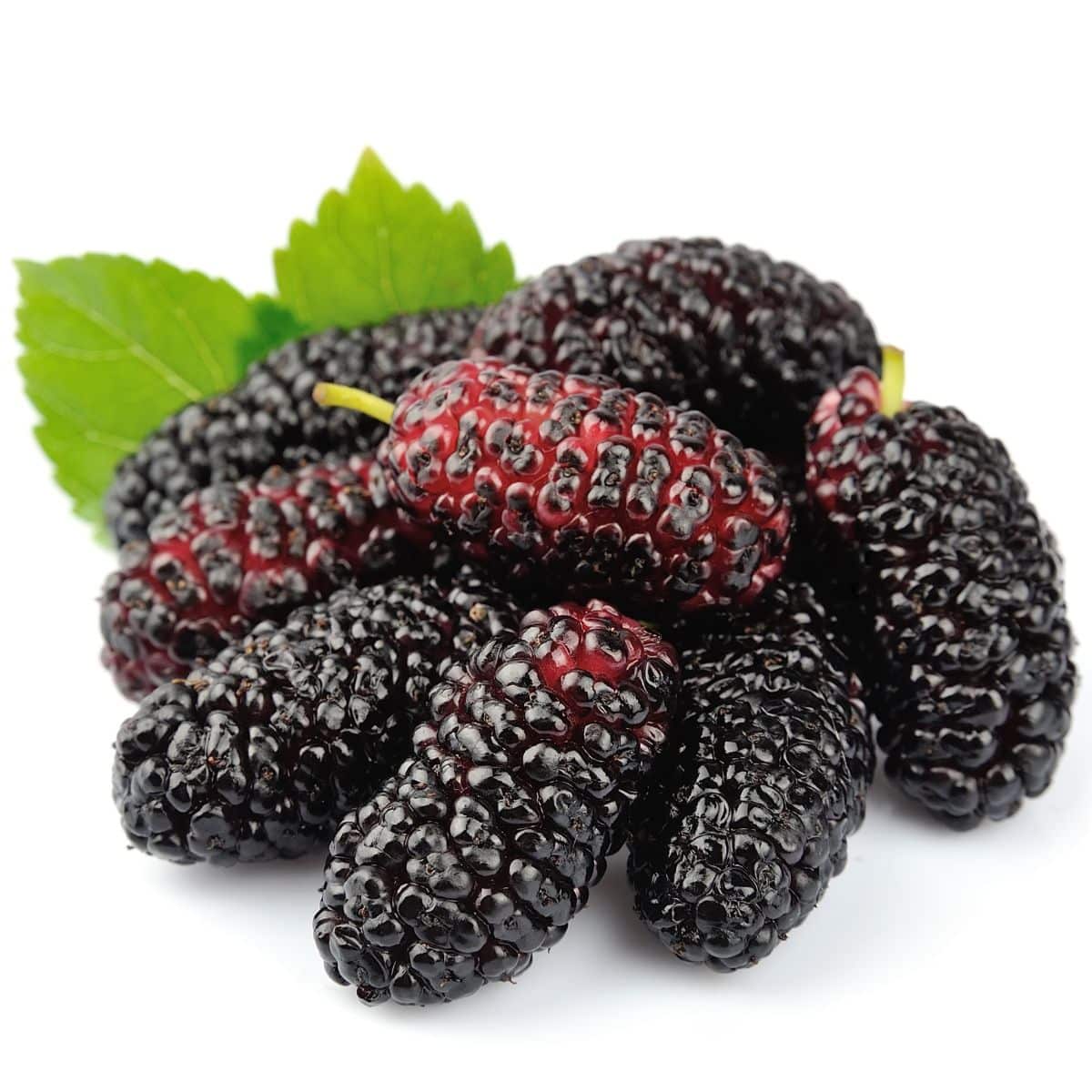
Description and Flavor of Mulberries: Mulberries are small, sweet, and slightly tart berries that can be red, white, or purple/black in color. They are typically elongated and have a similar appearance to blackberries. The flavor of mulberries varies depending on their ripeness, but they generally have a sweet, mildly tart, and sometimes nutty taste.
Origin of Mulberries: Mulberries have a long history of cultivation, with their origins in Asia. They are grown in many parts of the world today, including Asia, Europe, the Middle East, and North America. They thrive in temperate climates and can be found in both wild and cultivated settings.
Best Uses for Mulberries: They can be eaten fresh, added to salads, or used in desserts like pies, tarts, and cobblers. Mulberries are also dried to make snacks and teas, or added to cereal and yogurt. They are a good source of vitamins, minerals, and antioxidants.
Muscadine Grape
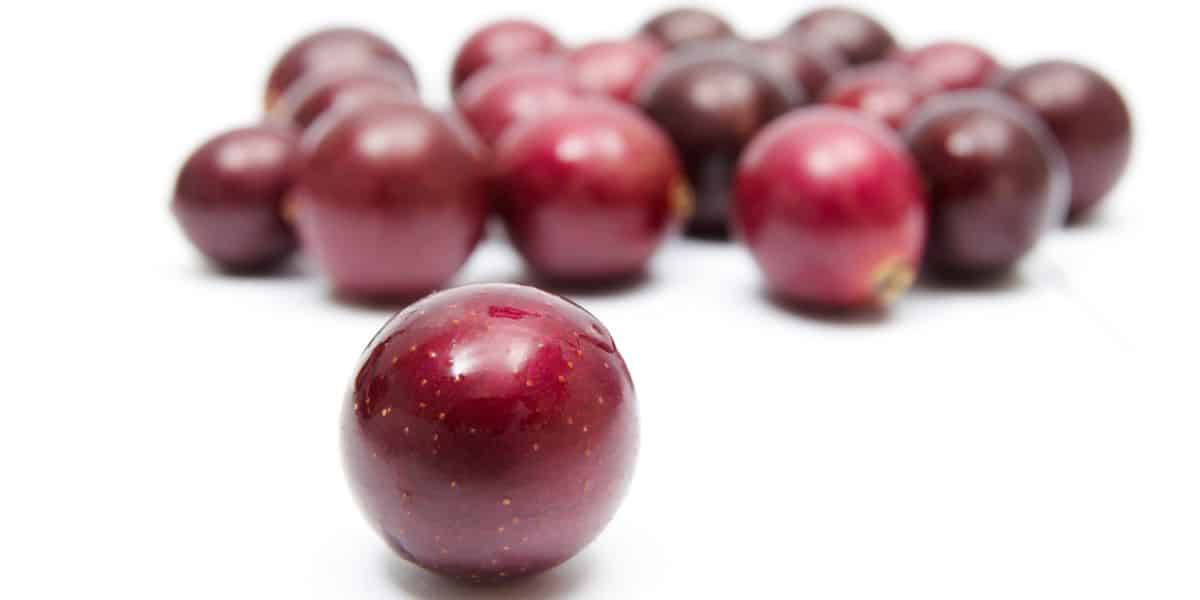
Description and Flavor of Muscadine Grapes: They are distinguishable by their thick, tough skins and typically come in dark purple to bronze colors. Muscadine grapes have a sweet, fruity flavor with a musky undertone and a slightly astringent taste due to their skins and seeds.
Origin of Muscadine Grapes: This is a unique variety of grapes native to the southeastern United States where they have been cultivated for centuries, particularly in states like Georgia, North Carolina, and South Carolina. They are still primarily grown in this region today.
Best Uses for Muscadine Grapes: Muscadine is often used to make wines, jams, jellies, and preserves. They are also eaten fresh, but the tough skins and seeds can be a show-stopper for some. In recent years, they have gained attention for their potential health benefits due to their high antioxidant content.
Prune
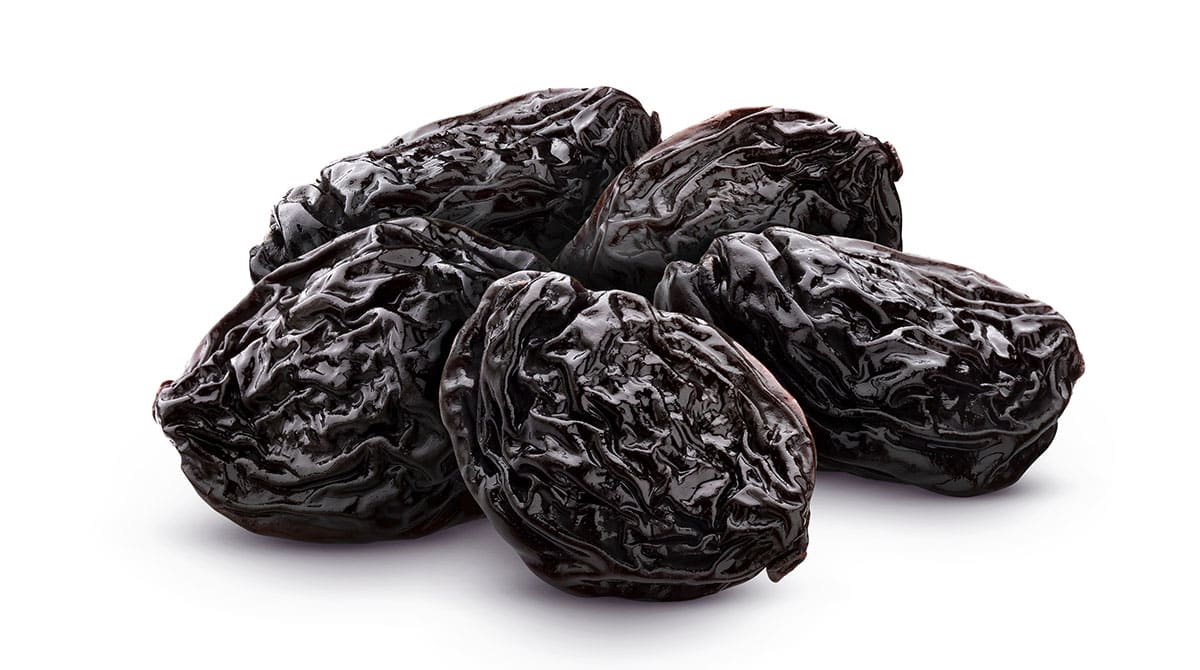
Description and Flavor of Prunes: Prunes are dried plums, typically of the European plum variety. They are wrinkled, dark purple or blackish-brown in appearance. Prunes have a sweet and somewhat tangy flavor with a sticky, chewy texture. They are renowned for their natural sweetness and earthy richness.
Origin of Prunes: Prunes are believed to have originated in Western Asia or the Mediterranean region, and were cultivated in ancient times. Today, they are primarily grown in California, France, and parts of Eastern Europe. California, with its Mediterranean-like climate, is one of the largest producers of prunes globally.
Best Uses for Prunes: They are commonly eaten as a dried fruit snack or used in baking and cooking. Prunes are also used to make prune juice and are often used in desserts for their sweet, fruity flavor. Prunes have gained a reputation as a natural remedy for digestive issues due to their high fiber and sorbitol content. They are also a good source of vitamins and minerals, particularly vitamin K and potassium. Additionally, prunes are associated with promoting bone health. Being a dried fruit, they are fairly calorie-dense. Try them in these no-bake energy bites. They will be ready in 10 minutes or return them for…well a full refund?
Purple Dragon Fruit
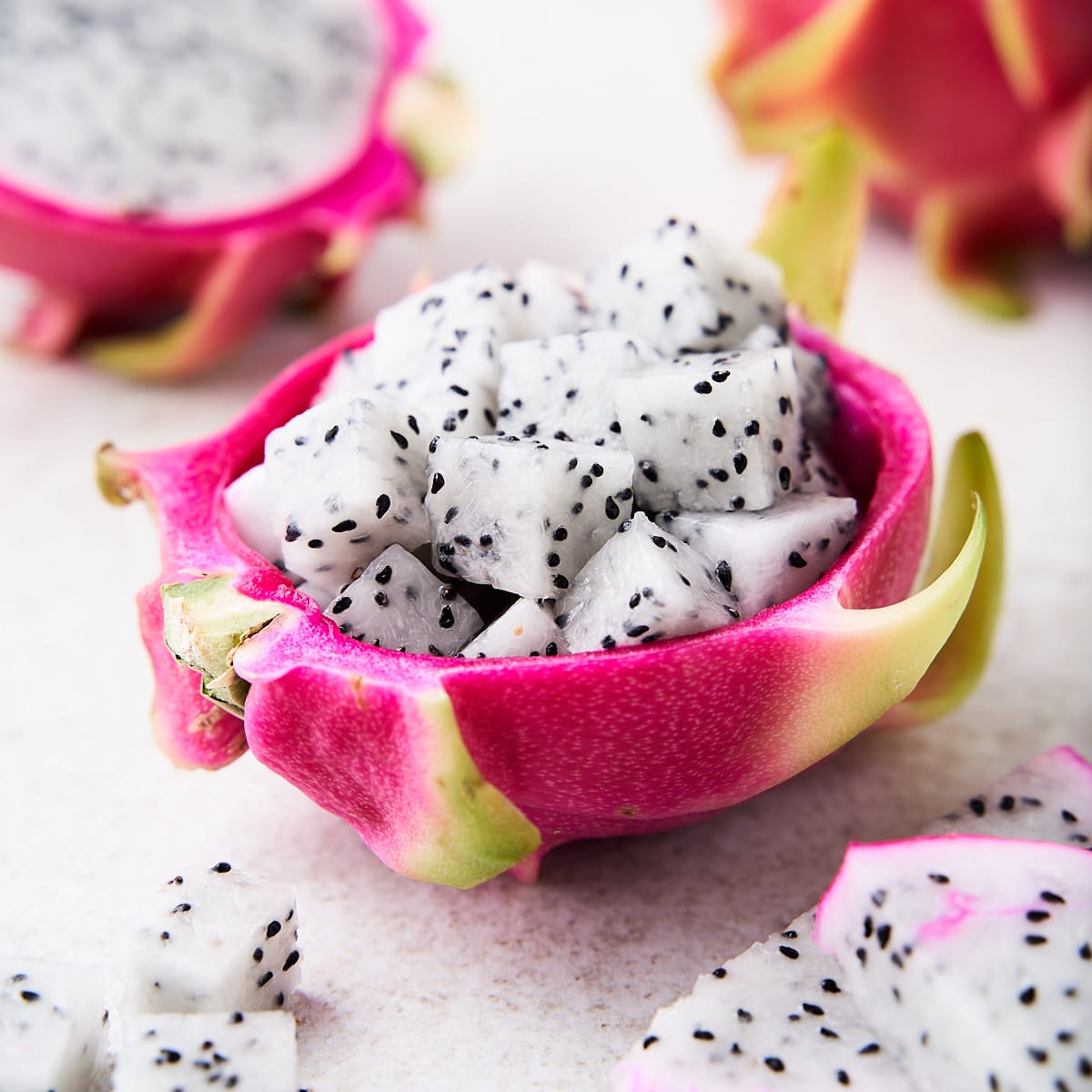
Description and Flavor of Dragon Fruit: Also known as pitaya, the dragon fruit is a tropical fruit with vibrant purple, pink, or red skin and white or red flesh speckled with tiny black seeds. It has a mildly sweet, tropical flavor reminiscent of kiwi or pear, and its texture is a blend of crispness and creaminess. It is a uniquely stunning fruit, but its taste is a little disappointing and almost bland. There is a dragon fruit subvariant known as the Purple Haze dragon fruit. It is largely the same fruit, just a very deep purple.
Origin of Dragon Fruit: They are native to Central America, but are now cultivated in many tropical and subtropical regions worldwide. Countries like Vietnam, Thailand, and the Philippines are significant producers. It also thrives in parts of the United States, such as Florida, Hawaii, and California.
Best Uses for Dragon Fruit: It is commonly eaten fresh, either scooped out of the skin or blended into smoothies. It can also be used in salads, desserts, or as a garnish due to its vibrant color. We think the best use is in fruit trays. Cut the fruit in half and use it as a bowl to serve cubed dragon fruit for a stunning presentation. The flesh is not only visually striking but also packed with essential nutrients like vitamin C, fiber, and antioxidants. Oh, and dragon fruit are a bit tough to cut, so check out this guide with dragon fruit cutting tips.
Purple Guava
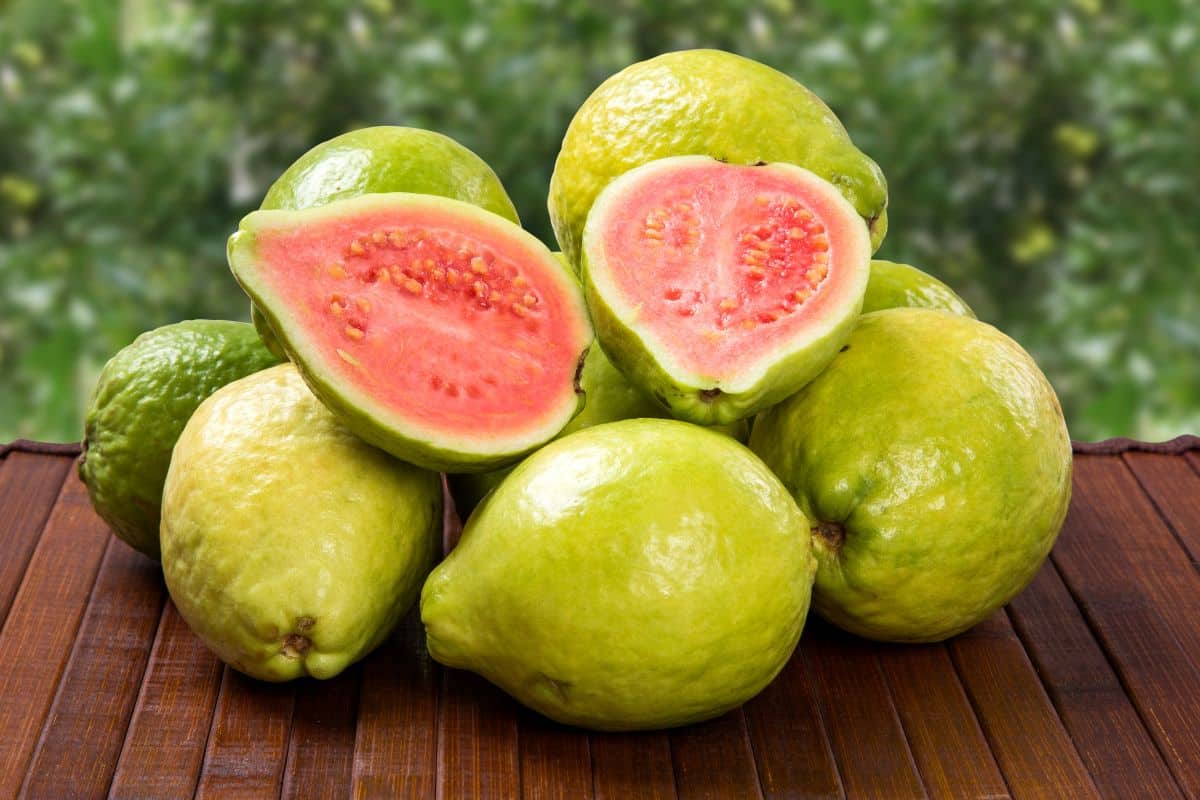
Description and Flavor of Guava: Also known as the Brazilian guava or purple strawberry guava, it is a small fruit with greenish-purple skin and pinkish-purple flesh. It has a distinct, sweet-tart flavor with tropical notes, often described as a combination of strawberry, pear, and passion fruit.
Origin of Purple Guava: It is native to South America, particularly Brazil, but is now also cultivated in other tropical regions like Hawaii, Florida, and parts of Asia. Brazil remains one of the primary producers of this fruit.
Best Uses for Guava: Guava is usually eaten fresh, either by cutting it in half and scooping out the flesh or slicing it. It is also used to make juices, jams, jellies, and desserts. The fruit’s fragrant aroma and unique flavor make it a favorite for tropical beverages and exotic culinary creations. We maintain that the superpower of guava is in POG juice. If you haven’t tried this Hawaiian favorite, you seriously have to give it a try.
Besides being awesome in POG juice, purple guava is high in vitamin C and rich in dietary fiber. What’s more, it contains antioxidants that may offer various health benefits.
Purple Mangosteen
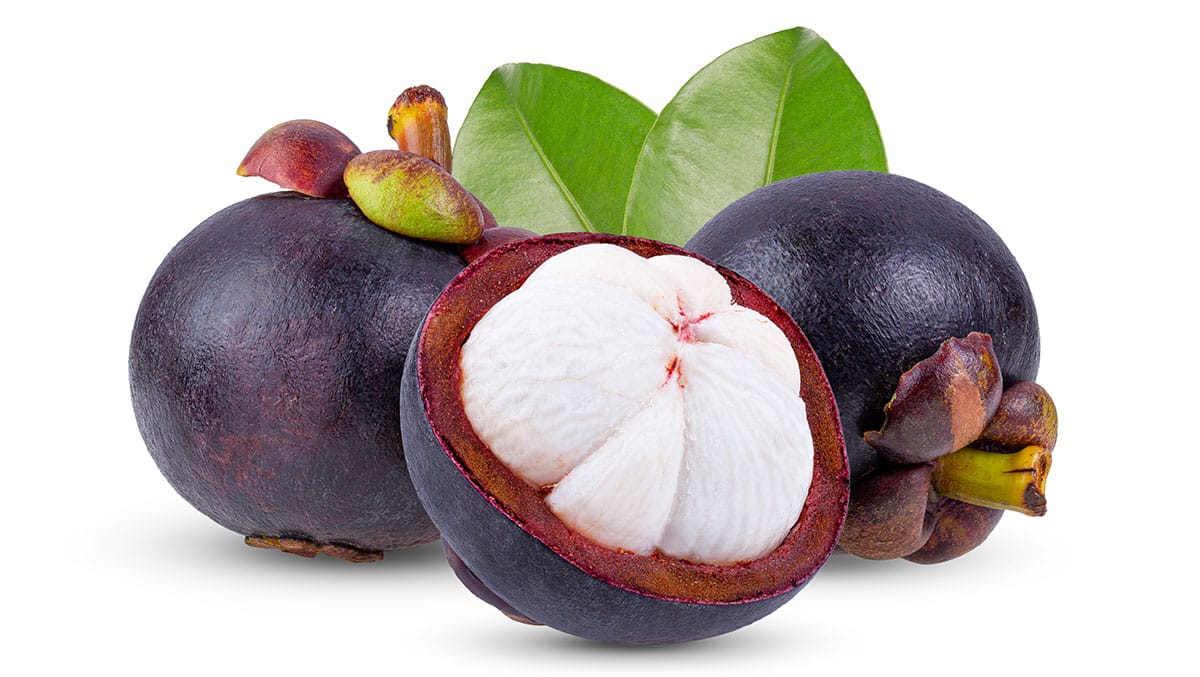
Description and Flavor of Mangosteen: Mangosteen is sometimes referred to as the “queen of fruits.” The name comes from a legend that Queen Victoria offered a reward to anyone who could bring her fresh mangosteen. It is a tropical purple fruit with white inside. It has a thick, purple rind and juicy, segmented flesh. The flesh is sweet, slightly tart, and incredibly aromatic. It is known for its delicate, tropical flavor, often described as a blend of peach, citrus, and strawberry.
Origin of the Mangosteen: This fruit is native to Southeast Asia, particularly Indonesia, Malaysia, and the Philippines. Today, it is also grown in Thailand, India, and some other tropical regions.
Best Uses for Mangosteen: The fruit is usually eaten fresh, and the best way to enjoy it is to cut the thick rind and remove the segments. It can also be used in fruit salads and desserts. Mangosten has an impressively high antioxidant content providing a variety of potential health benefits.
Purple Passion Fruit
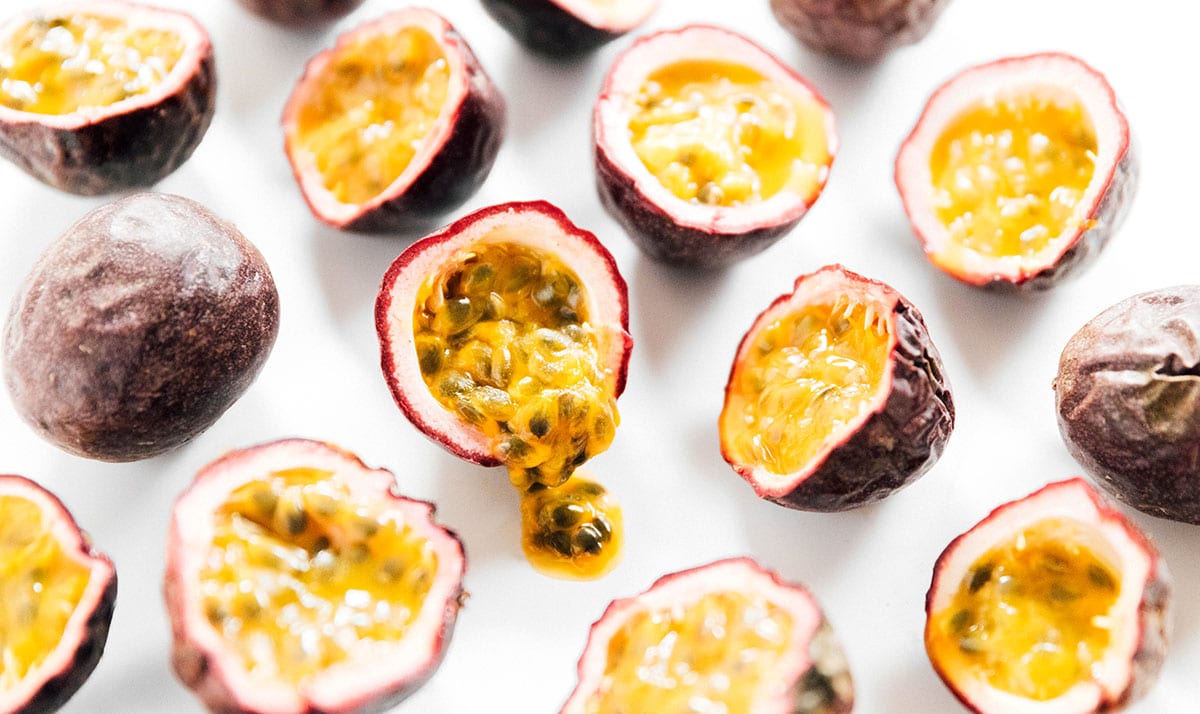
Description and Flavor of Passion Fruit: Passion fruit is a round or oval fruit with a tough, wrinkled purple or dark purple skin. The interior contains aromatic, jelly-like seeds surrounded by a sweet-tart, tropical, and slightly floral juice. The name “passion fruit” is thought to originate from the flower’s resemblance to the crucifixion of Christ, with the petals representing the apostles, the corona filaments representing the crown of thorns, and the three stigmas representing the nails.
Origin of Purple Passion Fruit: It is believed to have originated in South America, specifically in the Amazon rainforest, and is now cultivated in many tropical and subtropical regions worldwide, including South America, Africa, and Asia.
Best Uses for Passion Fruit: They are often eaten fresh or used to make juices, smoothies, desserts, and sauces. Besides its delicious taste, passion fruit is known for its high vitamin C content and health benefits.
Purple Star Apple
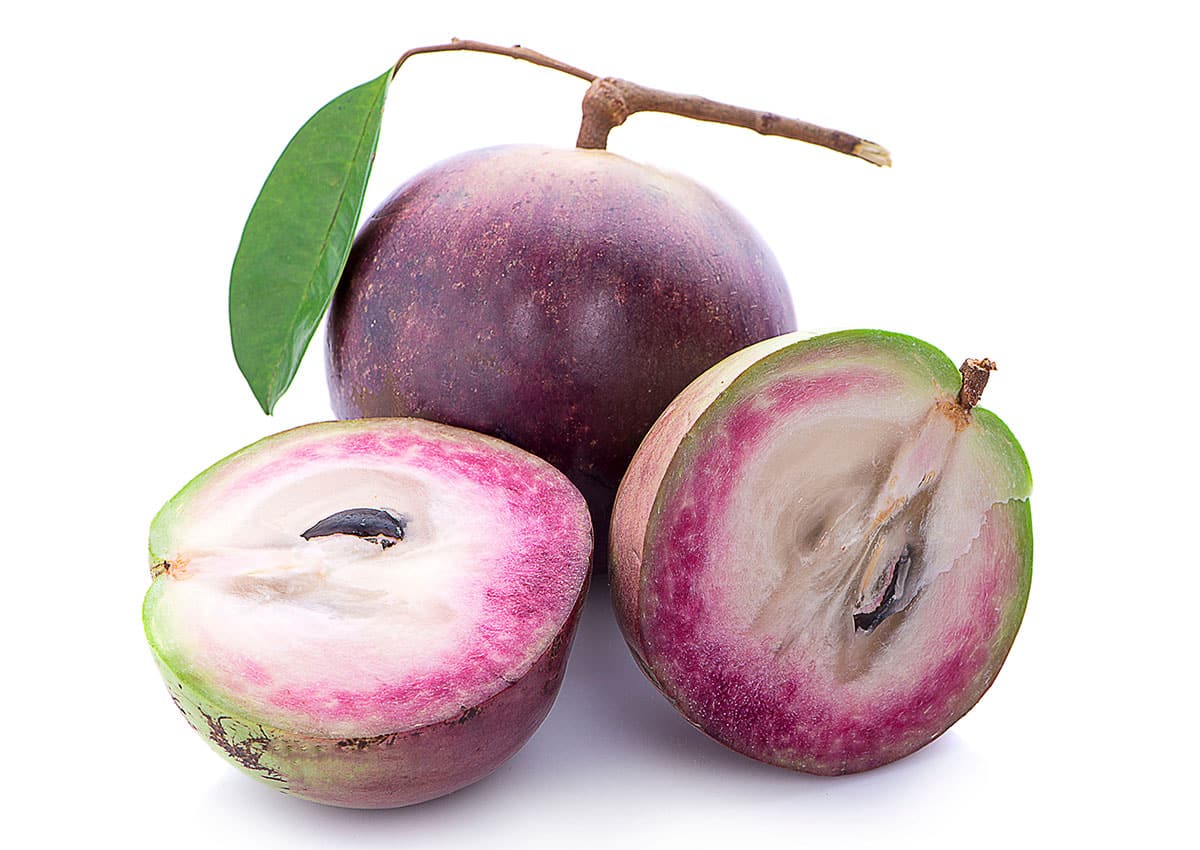
Description and Flavor of the Purple Star Apple: This is a tropical fruit with smooth, shiny, dark purple or almost black skin. When sliced, the flesh is creamy white, and sweet with a custard-like texture and a mild, pleasant flavor. The star apple gets its name from the star-shaped pattern formed when the fruit is cut in a cross-section.
Origin of the Purple Star Apple: It is native to the Caribbean and Central America, particularly countries like Jamaica and Panama. It is also cultivated in other tropical regions, including parts of South America and Southeast Asia.
Best Uses for Purple Star Apples: They are typically eaten fresh by scooping out the flesh with a spoon or by cutting it into slices. Some people also use it in fruit salads or to make drinks and desserts.
Red Grape
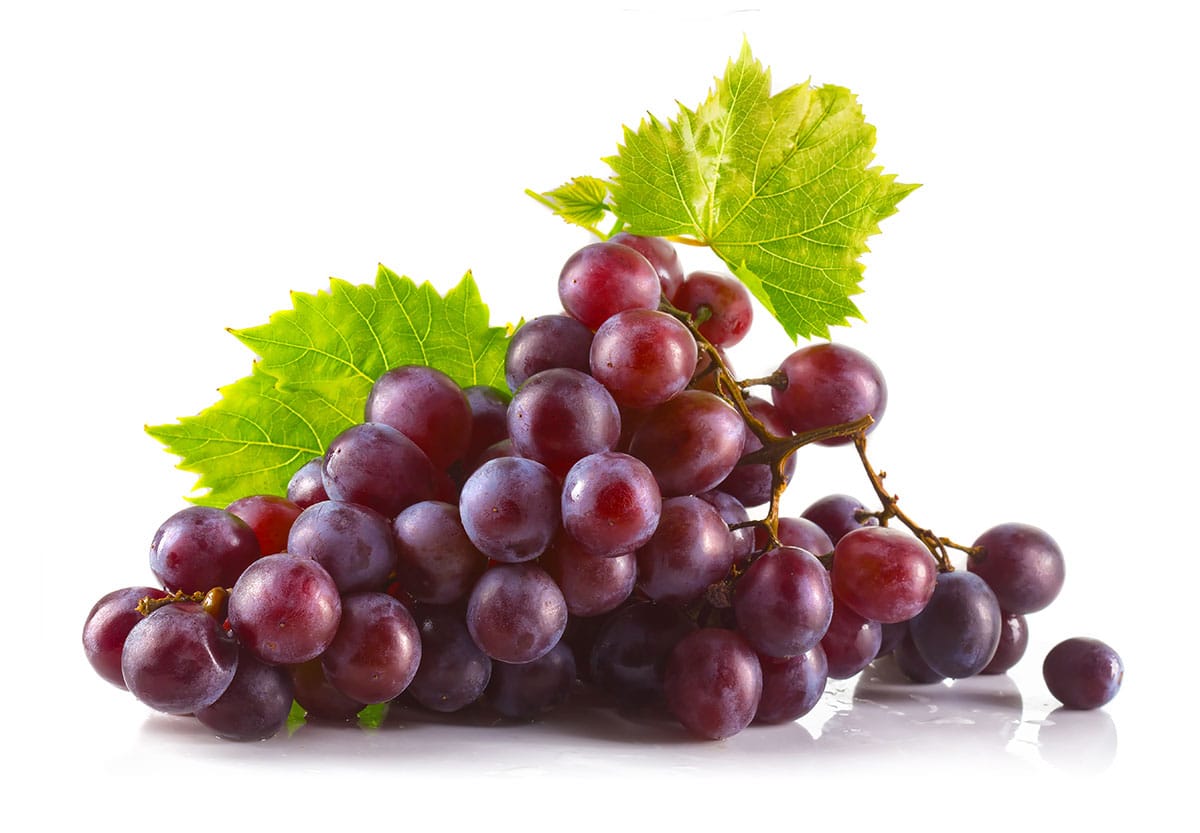
Description and Flavor of Red Grapes: This is another fruit we feel silly describing as it is so ubiquitous worldwide. Suffice it to say the flavor can vary from mildly sweet to very sweet, depending on the grape variety.
Origin of Red Grapes: Well, no surprise red grapes are one of the oldest cultivated fruits, with origins dating back to the Middle East and Asia. Wine-making has been an art for thousands of years, so grapes spread worldwide quickly.
Best Uses for Red Grapes: The obvious superpower of these little sugar-packed gems is wine-making. Otherwise, they are also eaten fresh, dried into raisins, added to fruit salads, and used to make grape juice.
Saskatoon Berry
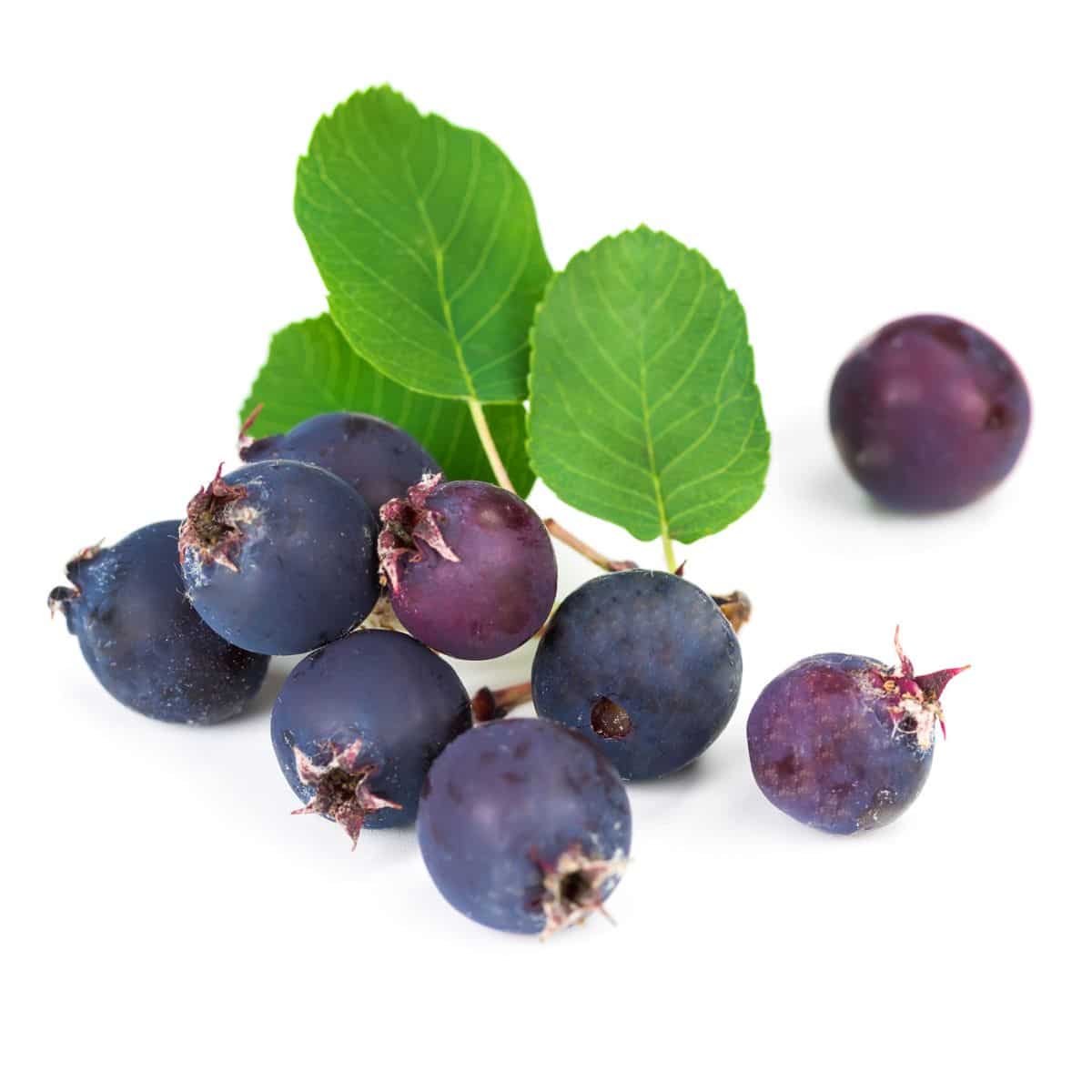
Description and Flavor of Saskatoon Berries: These are small, round, bluish-purple berries with a sweet, nutty flavor that combines notes of almond, blueberry, and cherry. They are often compared to blueberries but have a distinct taste.
Origin of Saskatoon Berries: These berries are native to North America, and are now primarily found in Canada and the northern United States.
Best Uses for Saskatoon Berries: Saskatoon can be used in pies, jams, jellies, and sauces. They are also delicious when eaten fresh or added to cereal, yogurt, or smoothies. They are rich in vitamins, minerals, and antioxidants, making them a healthy addition to any diet.
Sloe Berry
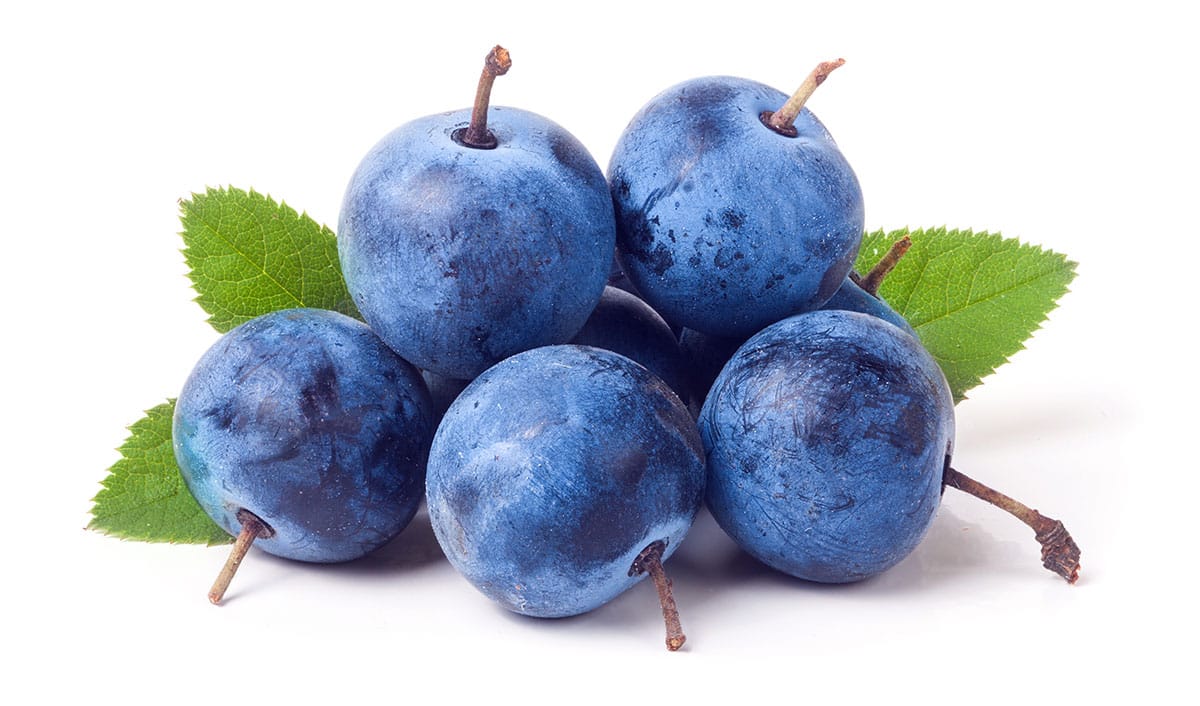
Description and Flavor of Sloe Berries: These are small, dark purple to black fruits that grow on the blackthorn bush. They are known for their intensely tart and astringent flavor, so they are not typically eaten fresh but are used for making beverages.
Origin of Sloe Berries: Sloe are native to Europe and parts of Western Asia. They can be found growing wild in hedgerows and woodlands across their native range, but are also cultivated.
Best Uses for Sloe Berries: These berries are most commonly used to make sloe gin and other liqueurs. Their tartness mellows and infuses into the alcohol, creating a unique and flavorful drink. They can also be used in jams and jellies, but let’s face it, without the gin we wouldn’t know they existed. You could eat them raw, but the first will dry your mouth out before you can get the second one down. This fruit is not generally eaten fresh and is best used as a flavoring which the British discovered in the creation of sloe gin.
Tayberry
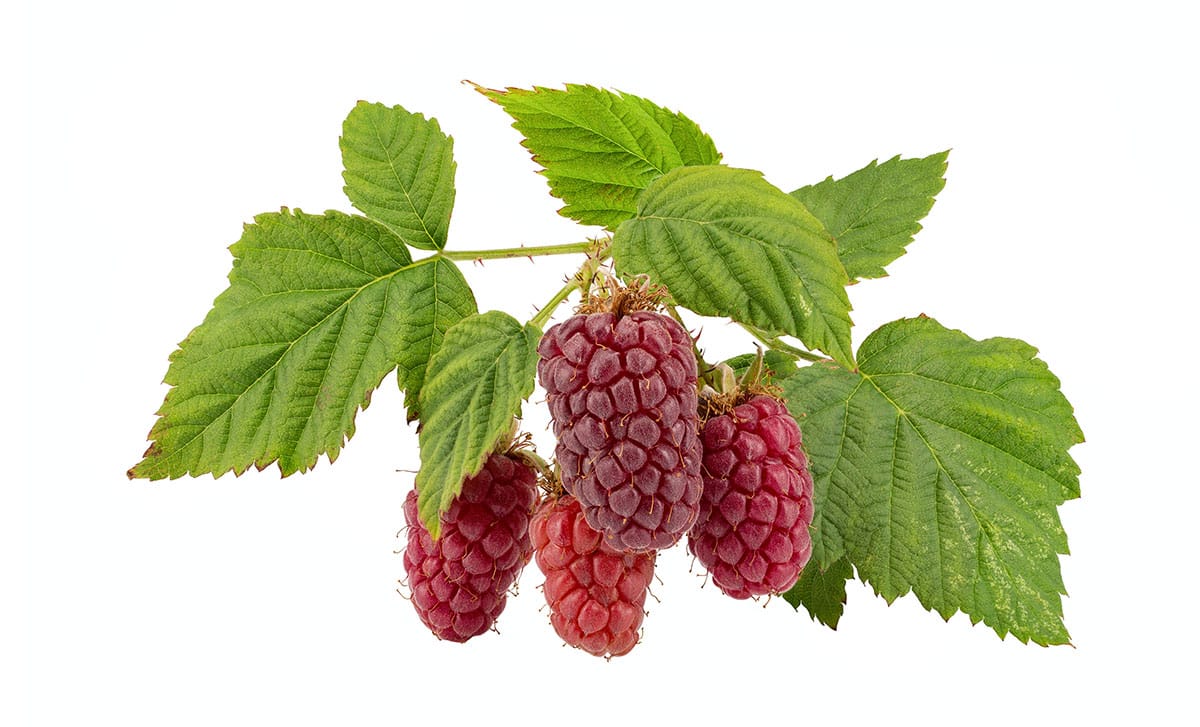
Description and Flavor of Tayberries: These are a hybrid cross between a blackberry and a red raspberry. They are typically long, cylindrical, and reddish-purple in color, with a sweet-tart flavor that combines the best of both parent fruits. The name “tayberry” is derived from the Tay River in Scotland, near where the berry was developed. Its unique combination of raspberry and blackberry flavors makes it a popular choice for berry enthusiasts and culinary experimentation.
Origin of Tayberries: Tayberries were developed in Scotland in the 1960s. They are now grown in various parts of the world with suitable climates, including the United Kingdom, North America, and parts of Europe.
Best Uses for Tayberries: Tayberries can be eaten fresh, or baked into pies, cobblers, crisps, or tarts. They are great in jams, jellies, and preserves. They have a natural pectic content that helps them set easily. They can be used to flavor yogurt, sorbet, or ice cream, or just put on top of cereal or oatmeal. We really have to hand it to the Scotts. They got this berry right. It is just a bit difficult to find in the US.
This wraps up our look at purple fruits. We hope you found the one you were looking for, and if you want to get more purple into your diet also check out our purple vegetable guide. As always, happy cooking!
Trivia Answer
The answer is Blueberries. Raspberries, blackberries, and strawberries are not true berries but are aggregate fruits—fruits that consist of a number of smaller fruits. Think that is strange? The Zucchini and Banana are technically berries.


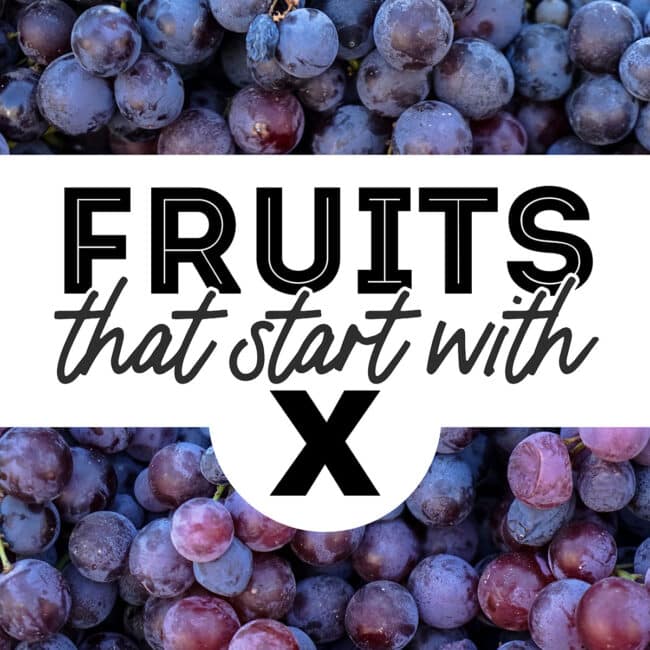
Leave a Comment